These vintage advertisements for cocaine and cocaine paraphernalia capture the chaotic and disturbing atmosphere of the 1970s. In those days, advertisements offered all kinds of coke equipment, including sprays to ease sore noses, products to keep the powder dry and free of clumps, ivory snorting straws, gold-plated razor blades, and exceptional coke sniffers. The War on Drugs was in full swing at the time, and cocaine was still very much illegal. However, the sale and marketing of cocaine equipment was a legitimate and lucrative business (with the fine print “Not for illegal use!”).
Cocaine became a fashionable new drug for entertainers and business people in the 1970s. Cocaine seemed like the ideal companion for a trip down the fast lane. Cocaine experimentation increased tenfold at some American universities between 1970 and 1980. According to the FDA, drug use peaked in the U.S. in 1979, when one in ten people used illegal drugs daily. It was a glamorous party drug that suited late nights, loud music, and flashy fashion. Large amounts were coming into the country from South America; the drug was cheap, and dealers took advantage of this by buying large quantities, mixing it with ammonia and baking soda, and selling it like crack. In contrast to white powder, crack – solid, smokable, faster, and more addictive – found its way into low-income communities.
Cocaine was traditionally considered a rich man’s drug (due to the high cost of a cocaine habit), but by the late 1980s, cocaine was no longer considered a drug of choice. It was considered America’s most dangerous and addictive drug, linked to poverty, crime, and death during that time. Under Ronald Reagan, the Anti-Drug Abuse Act was passed in 1986. A provision of the bill allows the president to increase tariffs (taxes on imports) on products from countries that do not cooperate with U.S. efforts to stop drug imports. The act also makes it easier to seize the assets of drug offenders (houses, boats, cars, and money). As a result of the act, money laundering laws were also created, making it illegal to move illegally obtained money (such as drug sale proceeds) into or out of bank accounts.


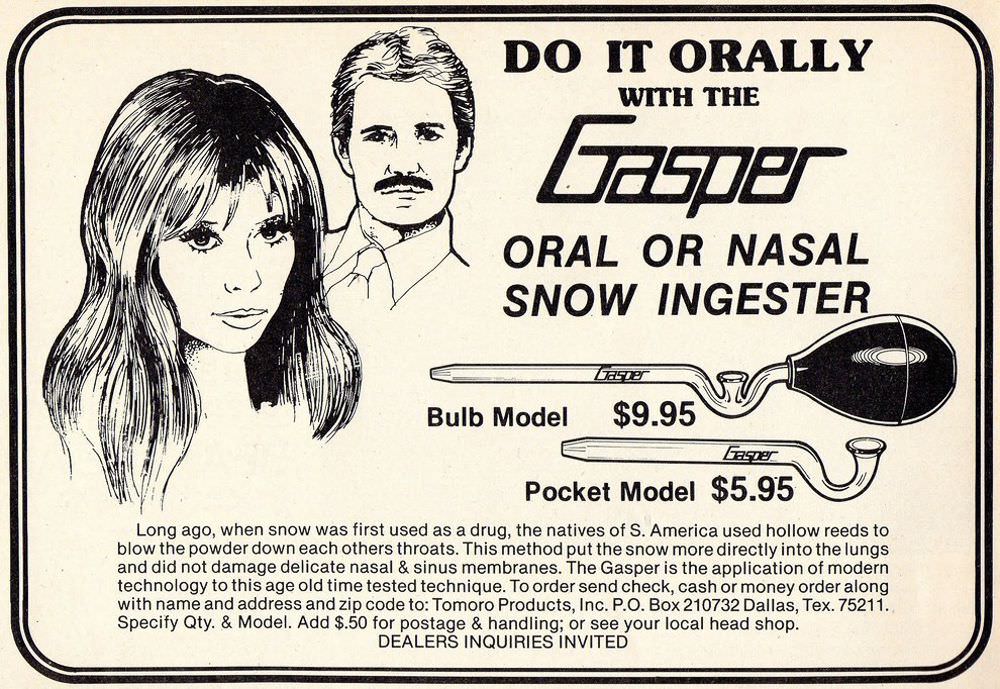
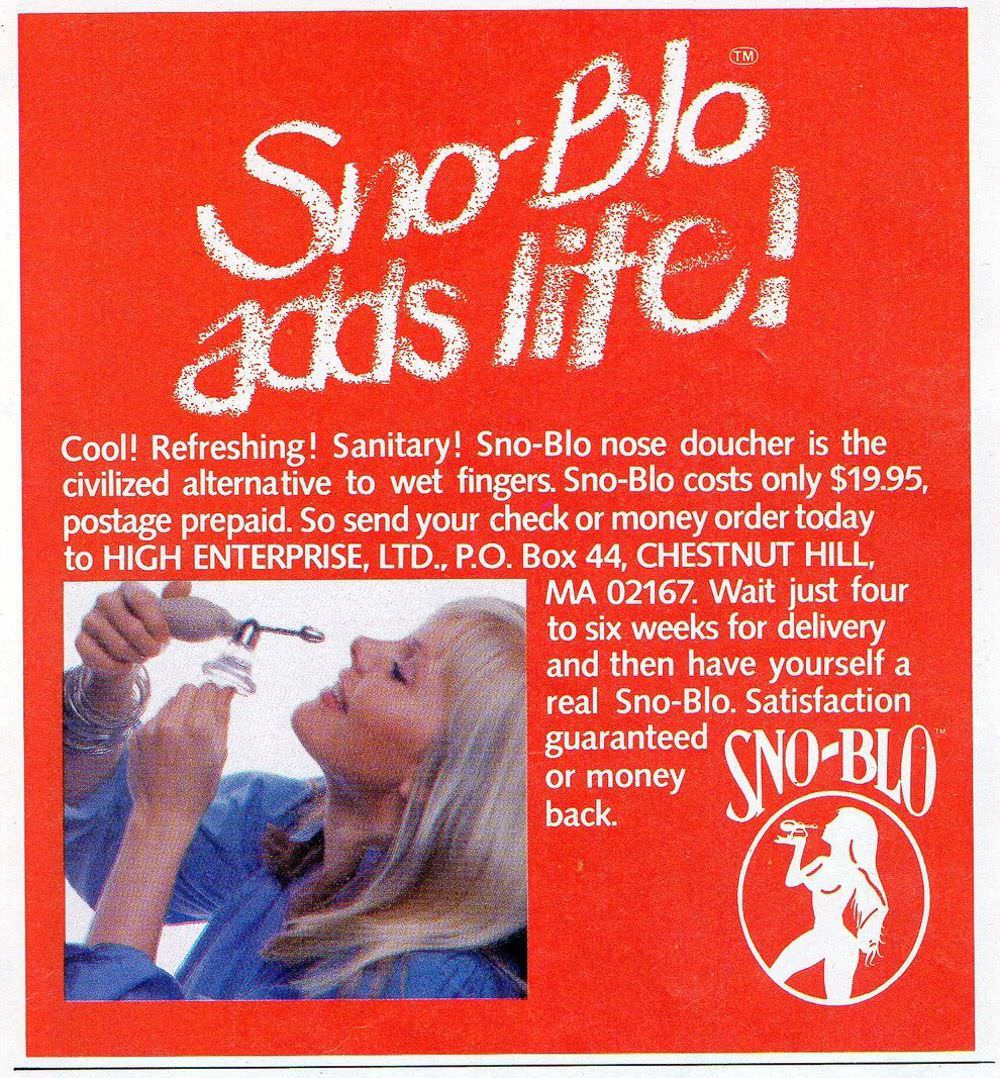
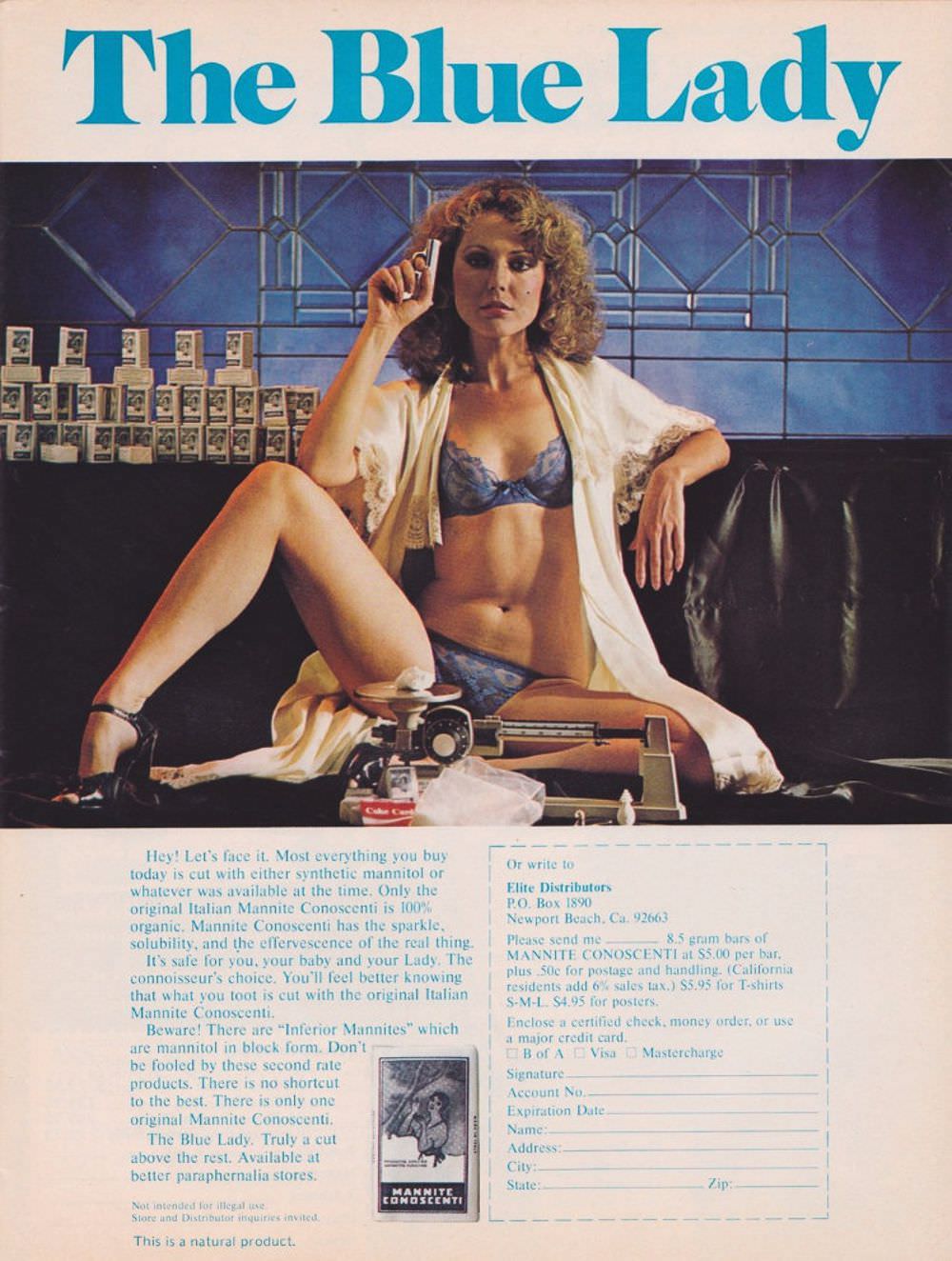
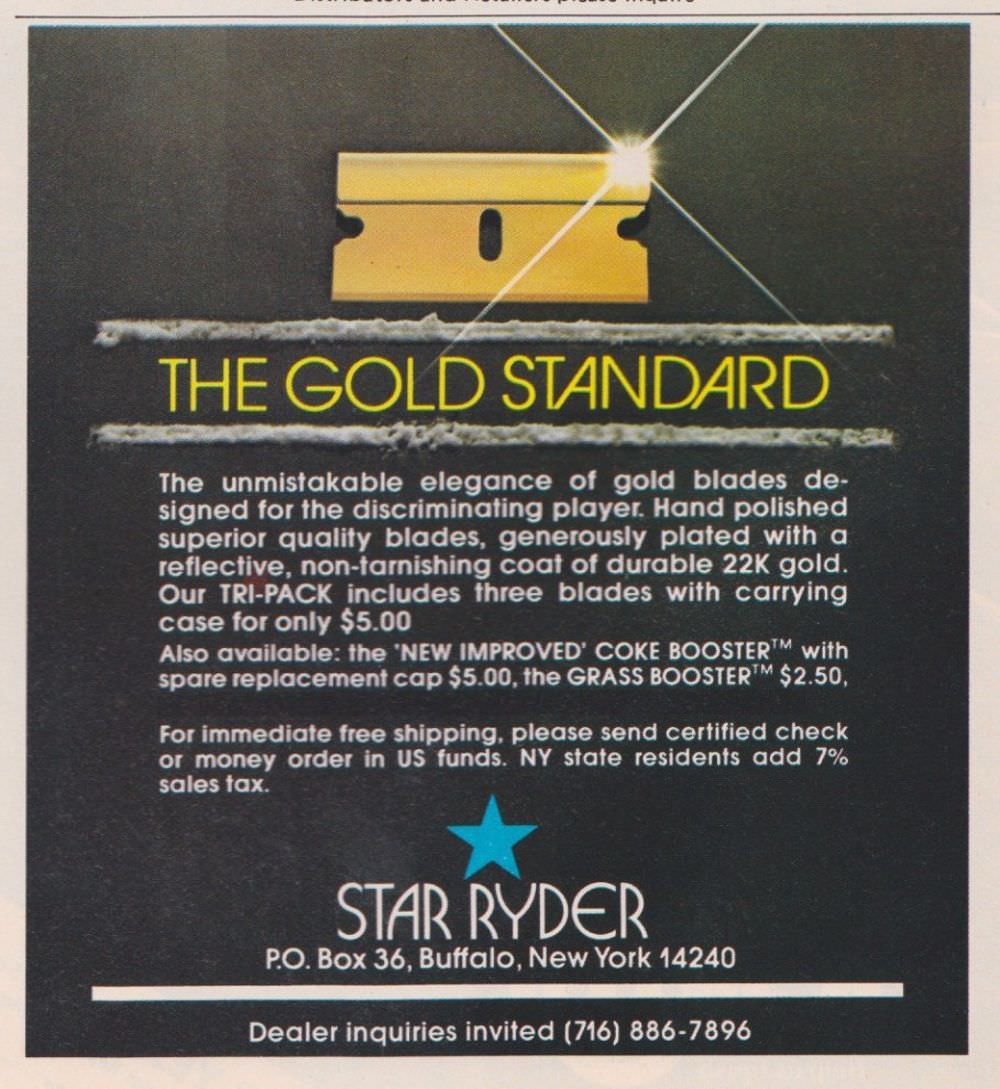
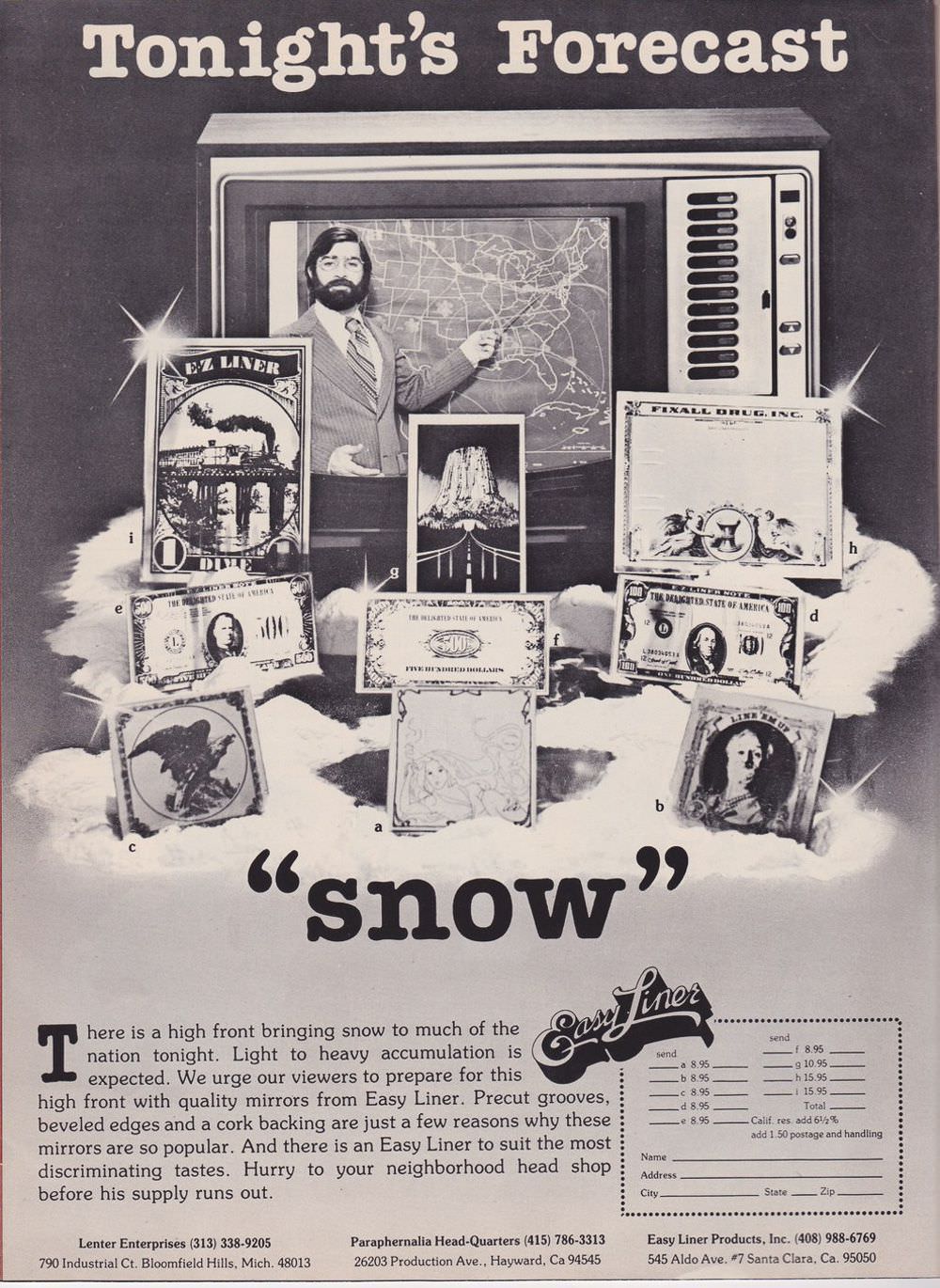
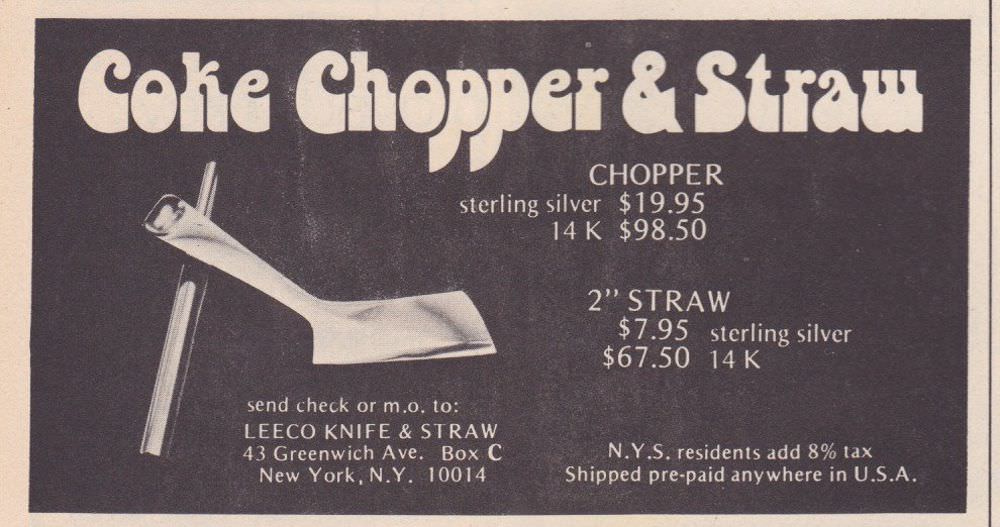
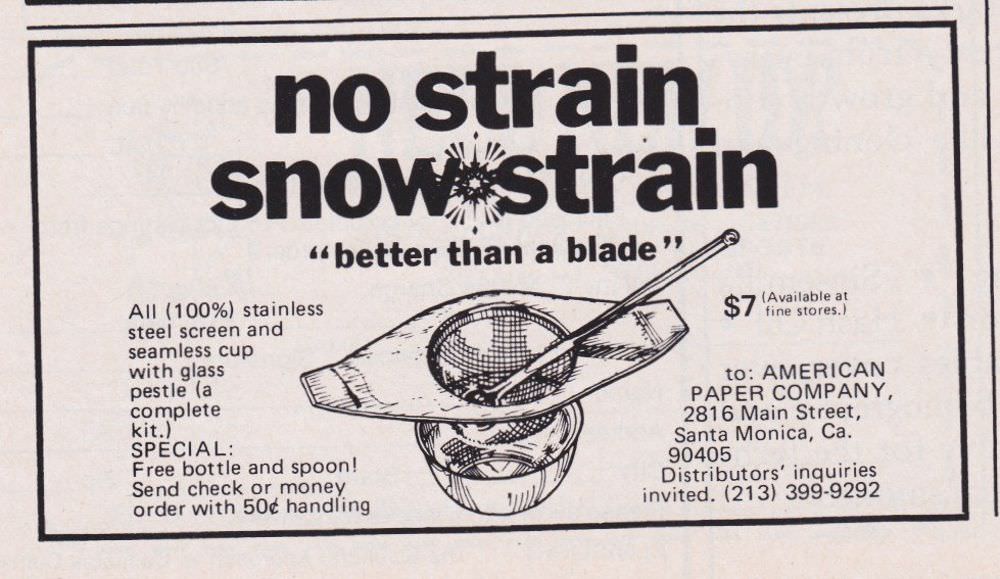
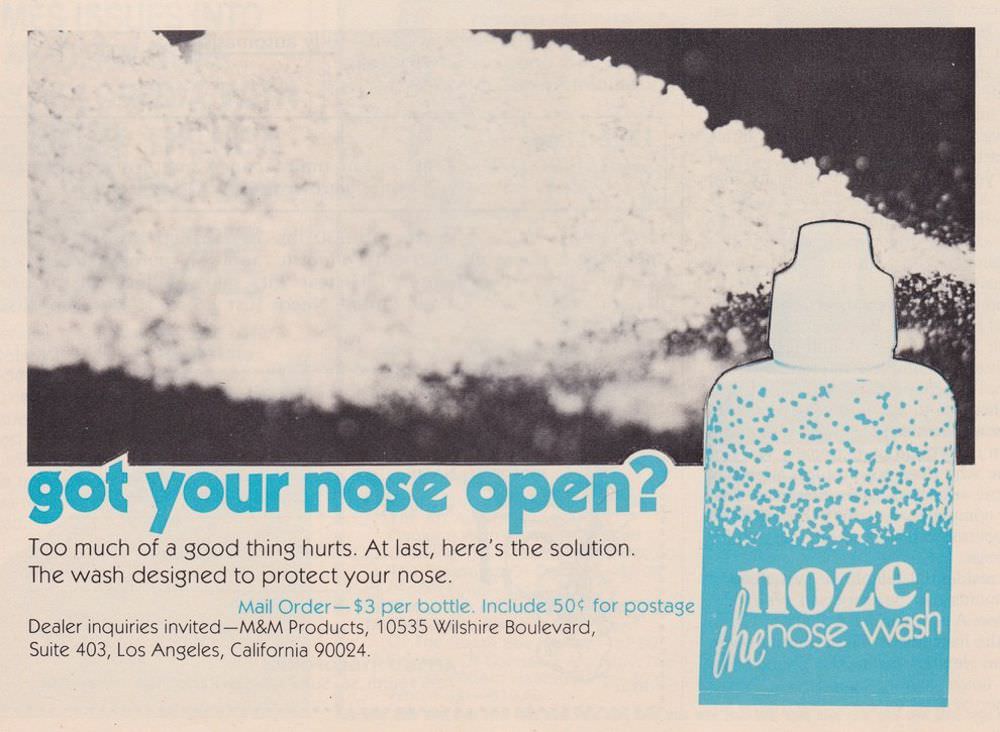
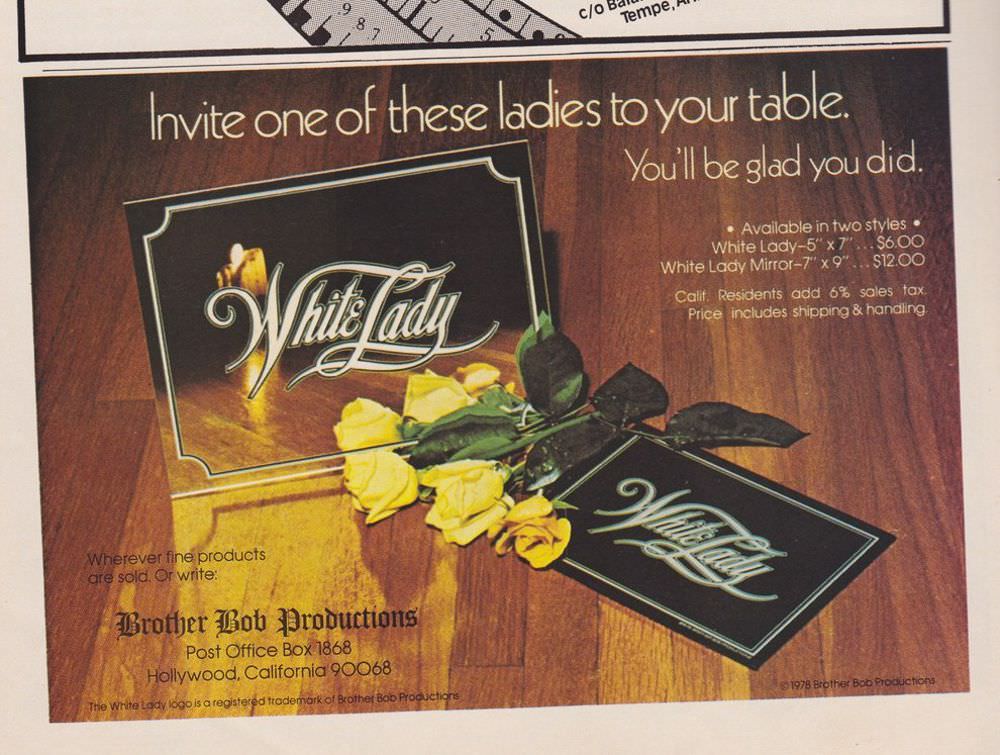
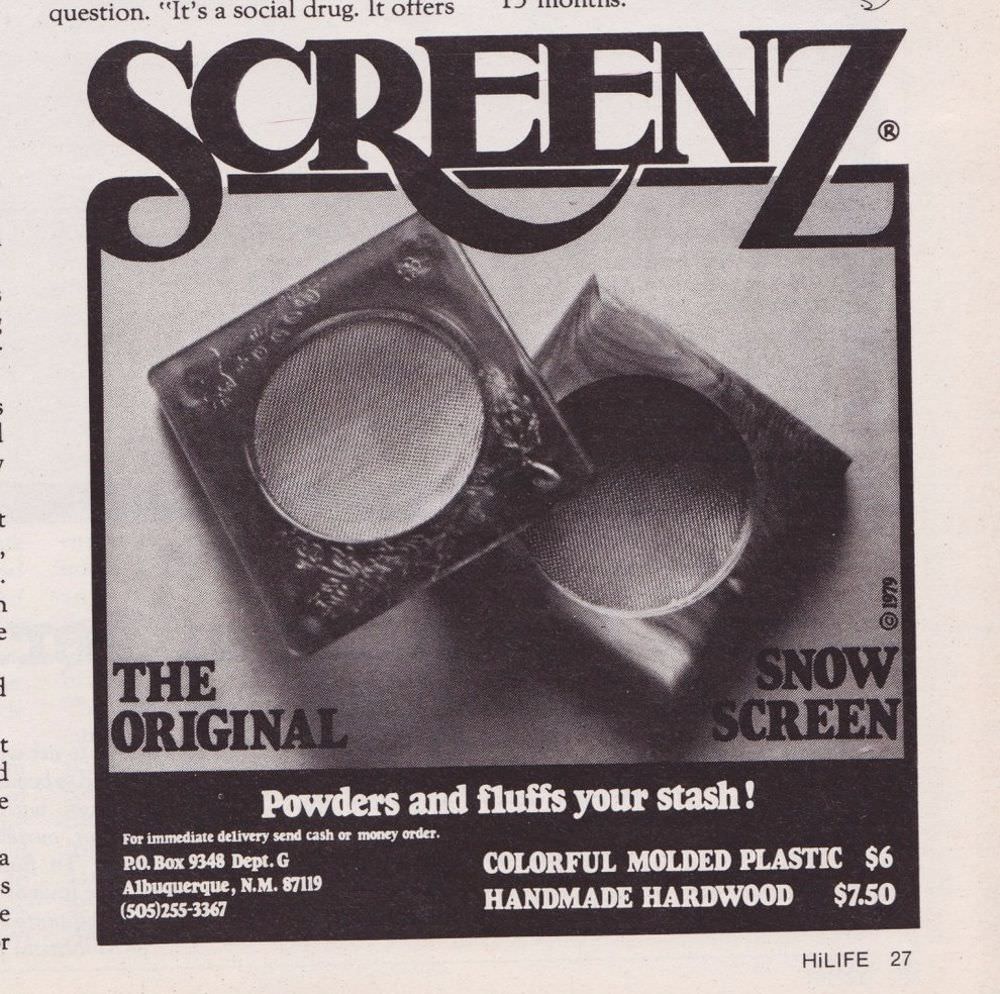
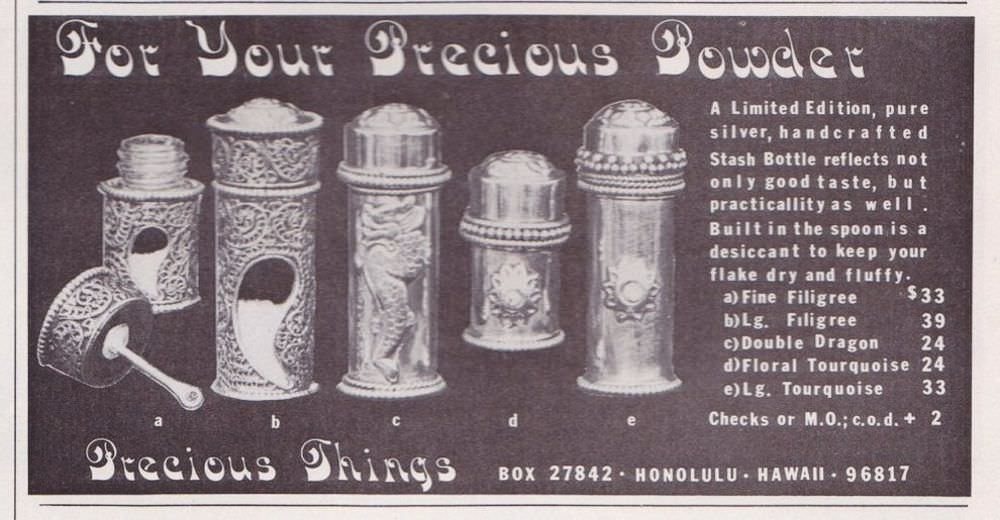
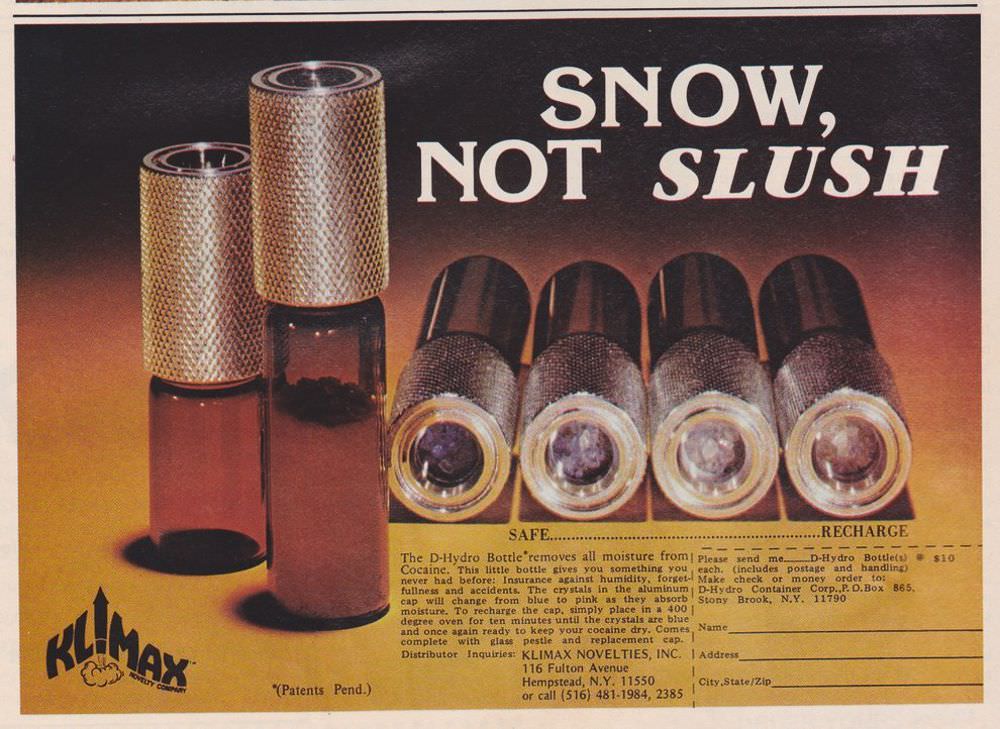
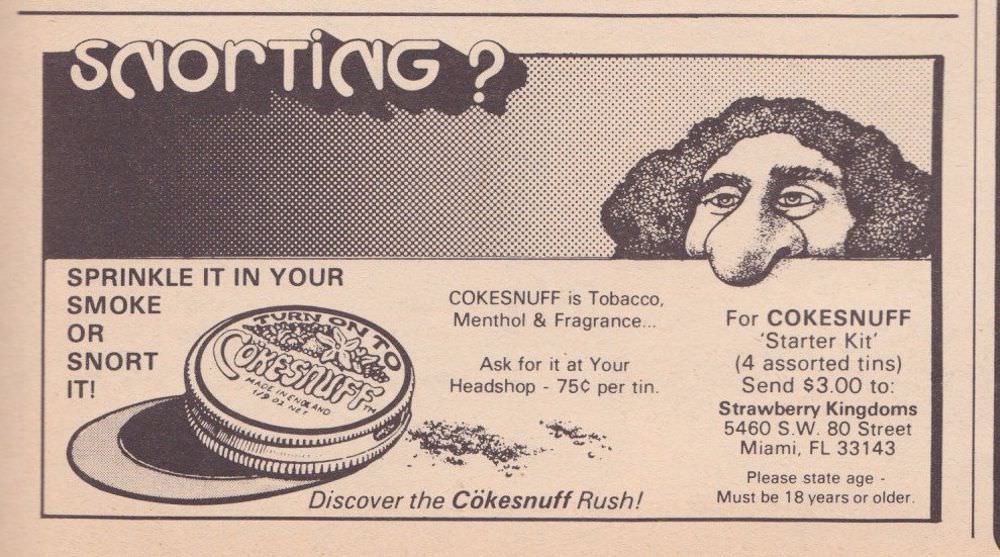
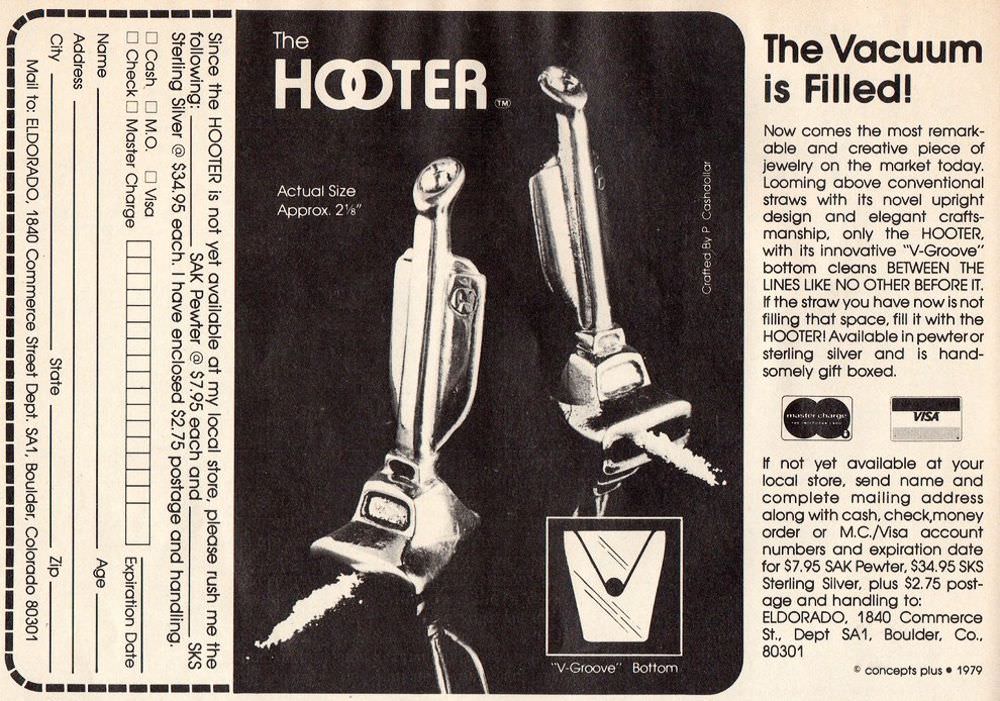
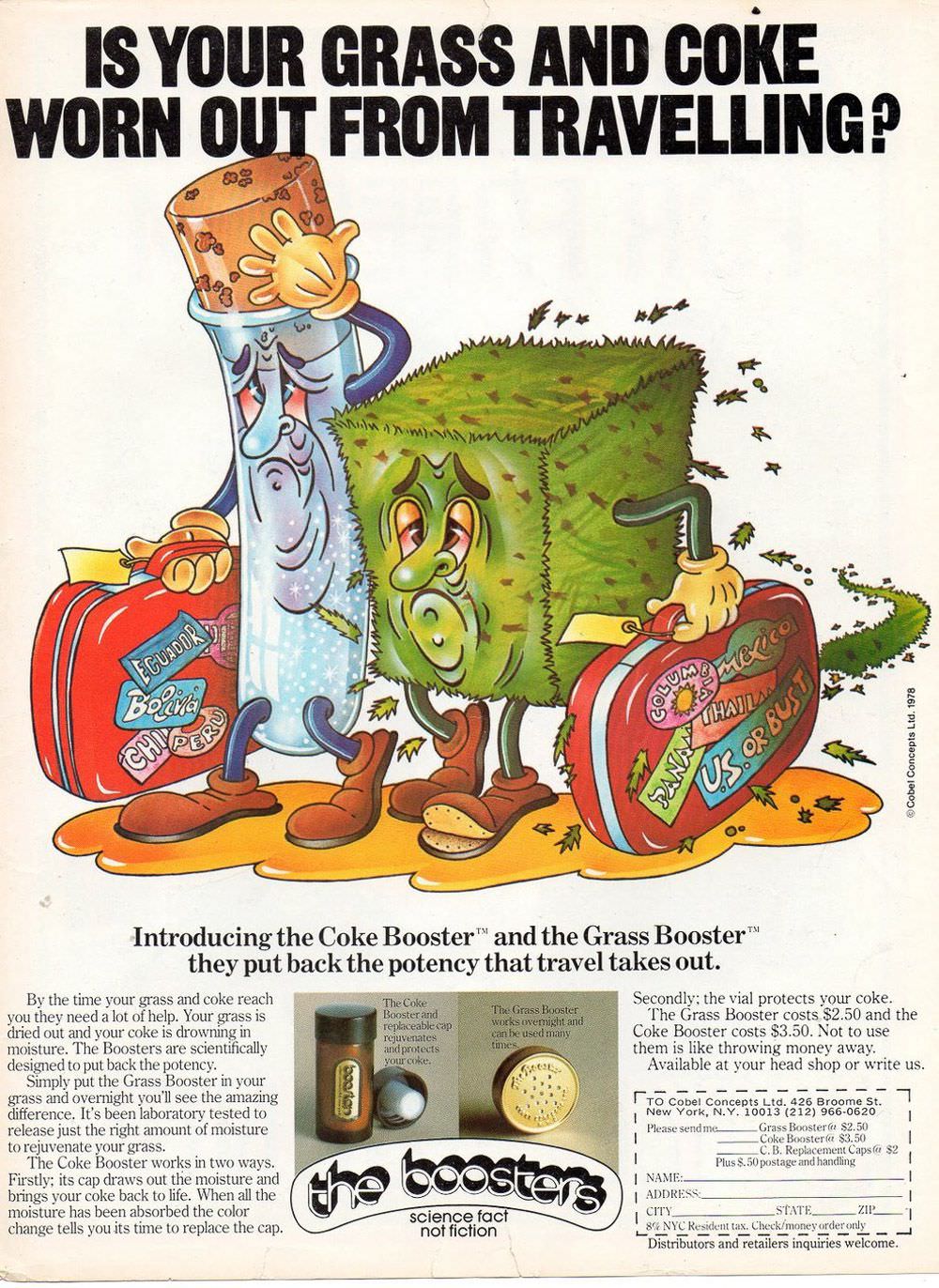
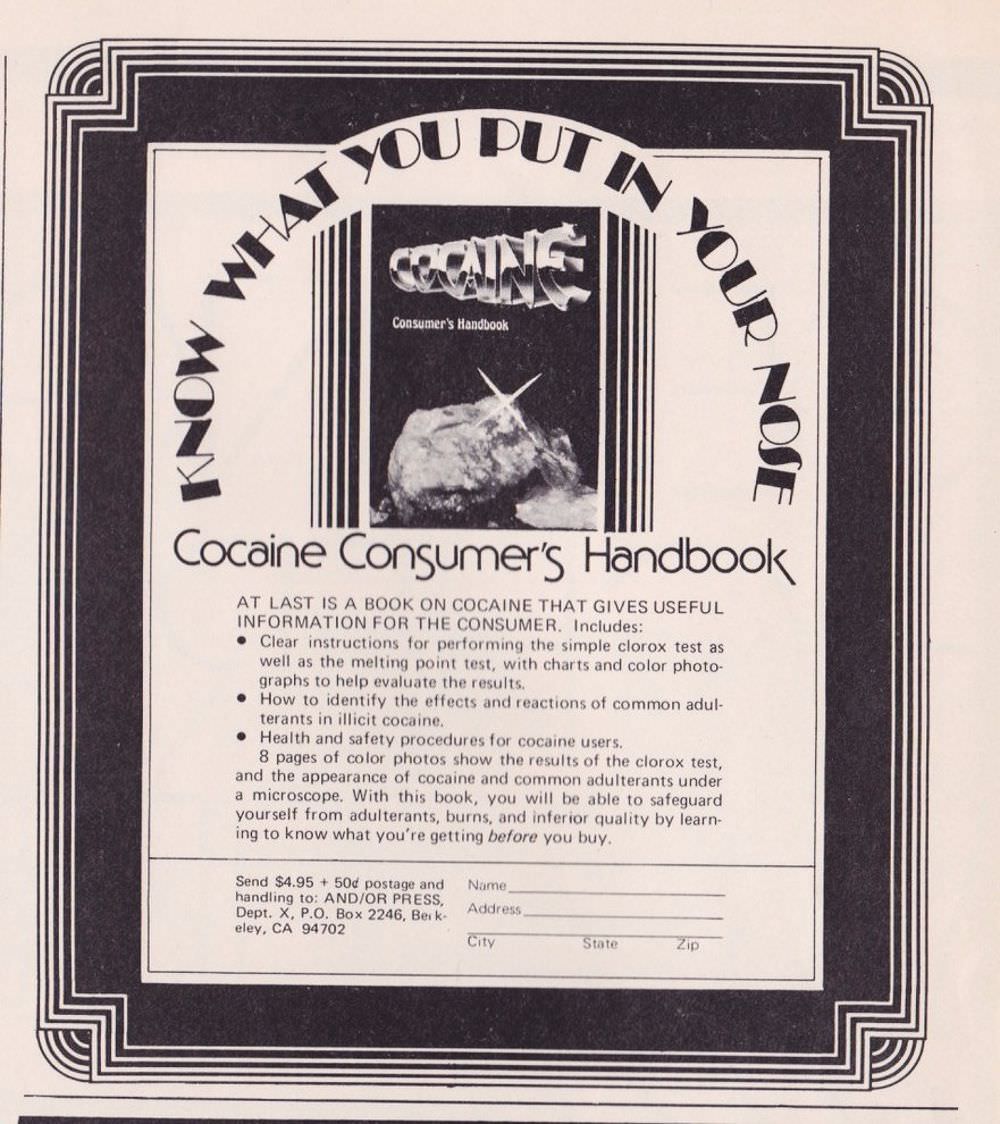
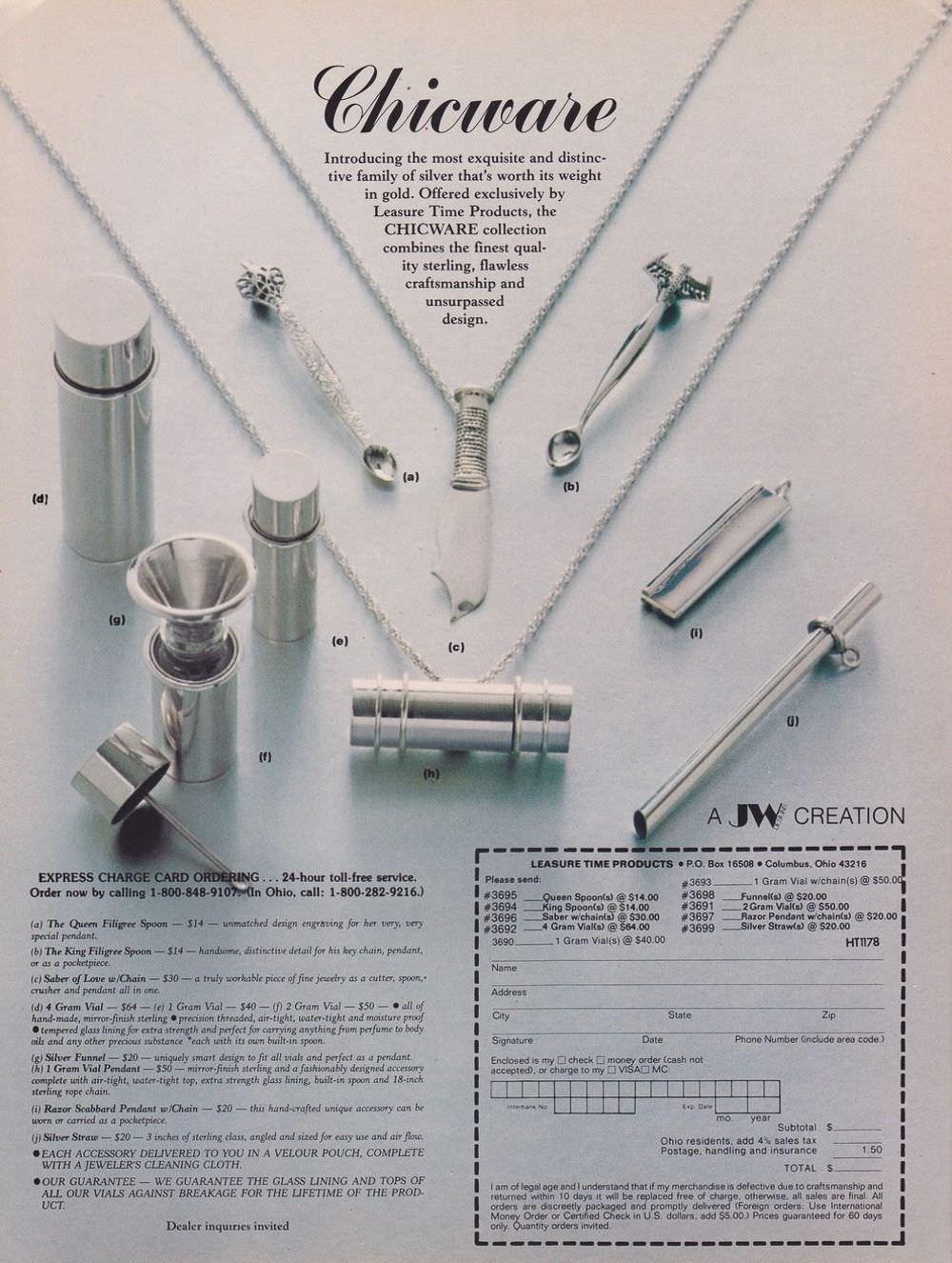
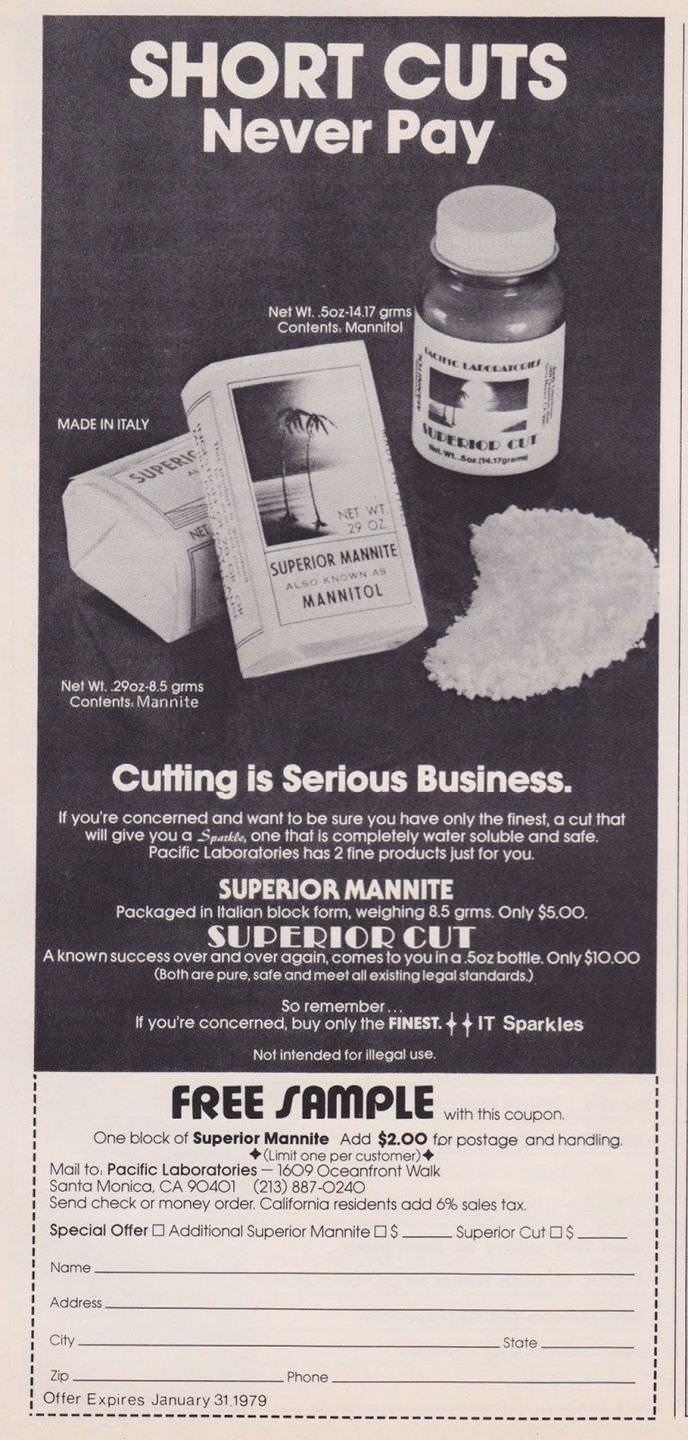
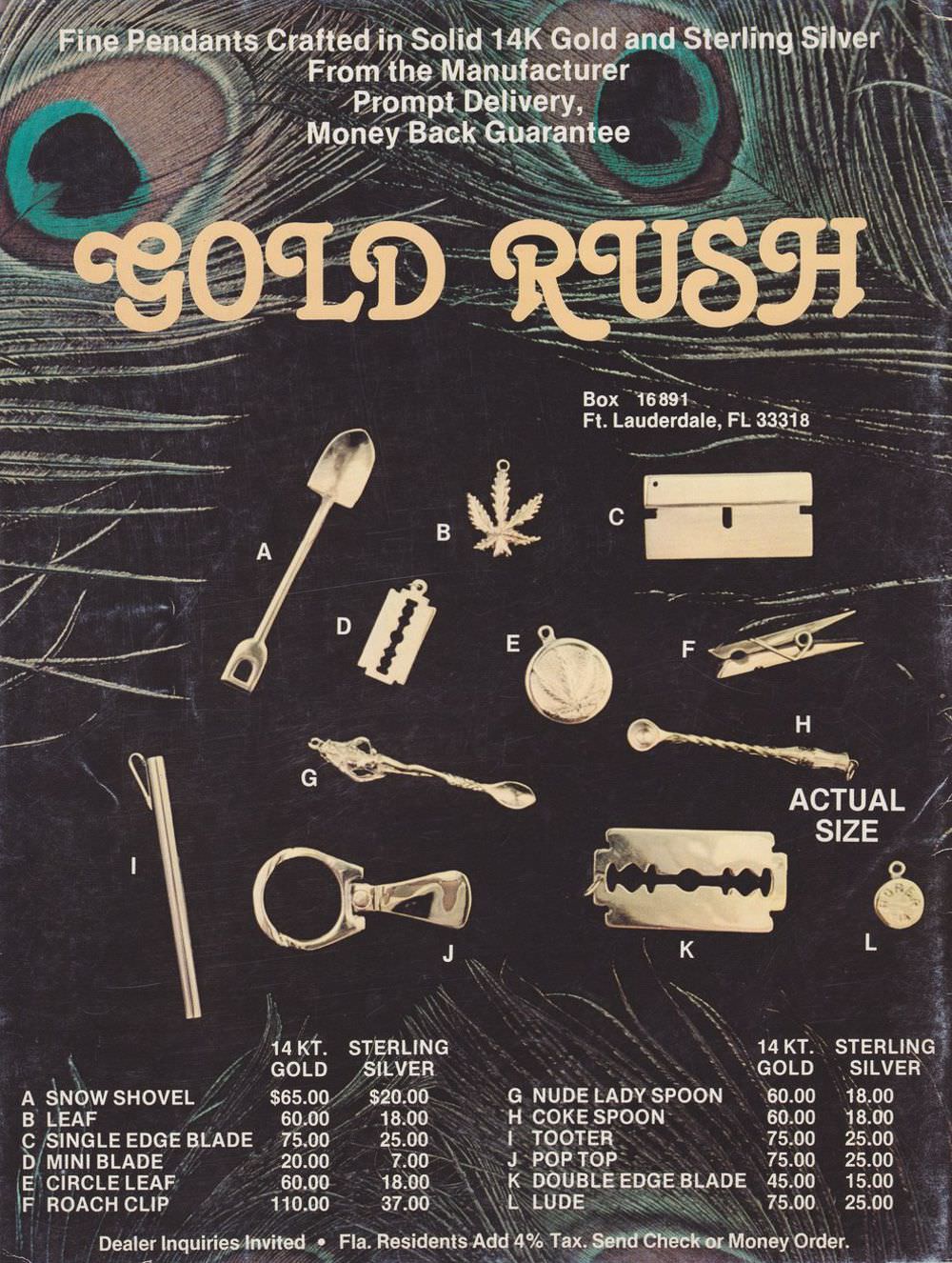
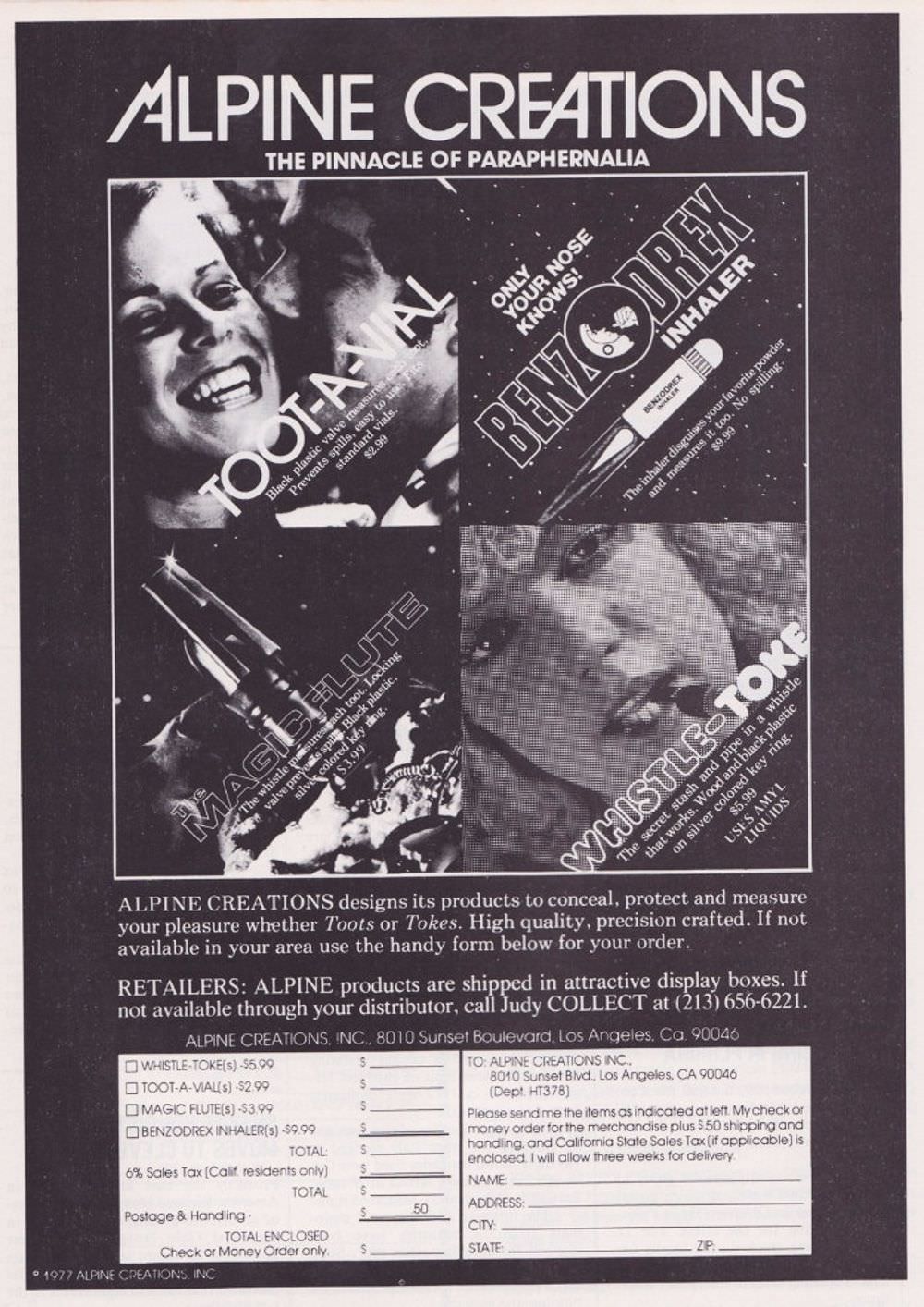
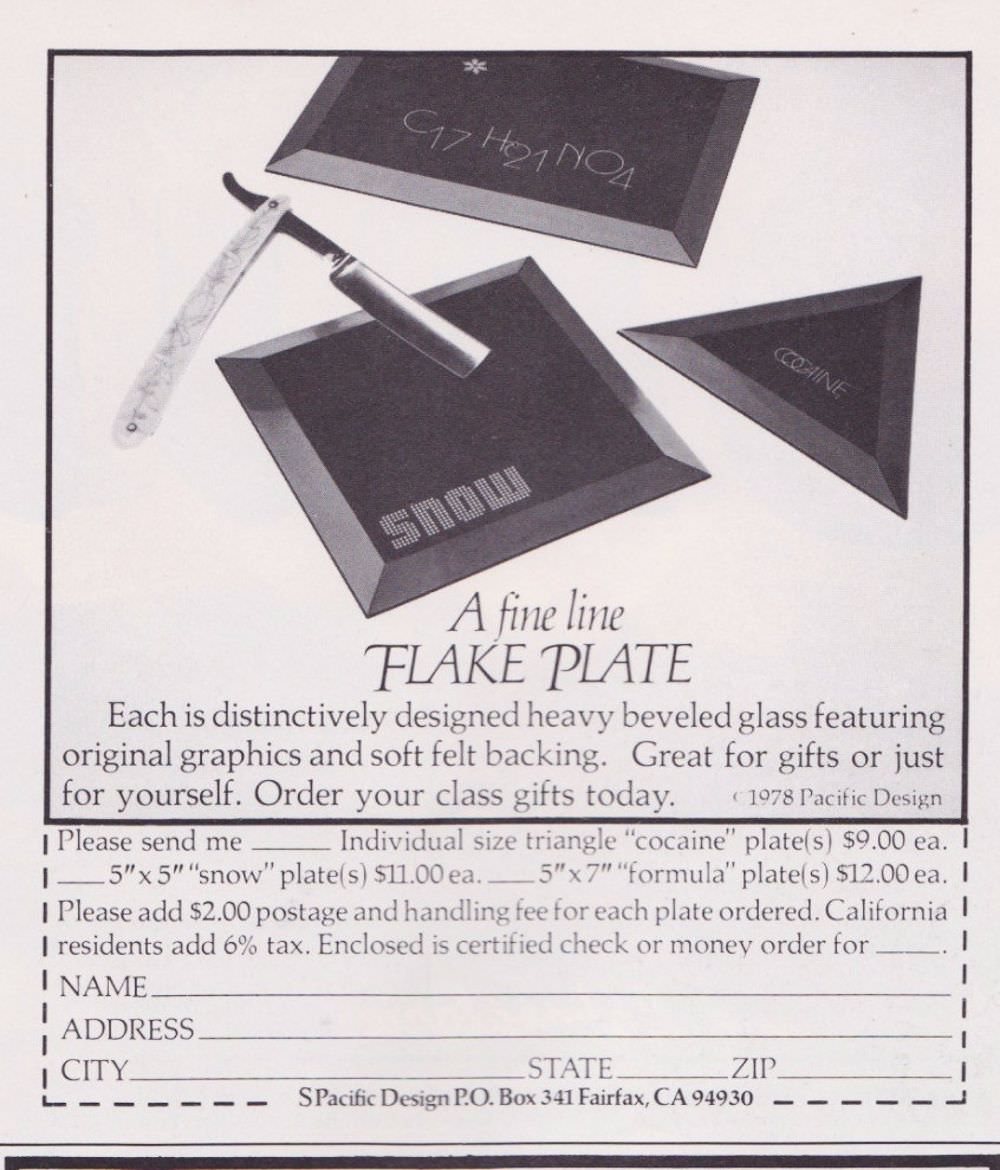
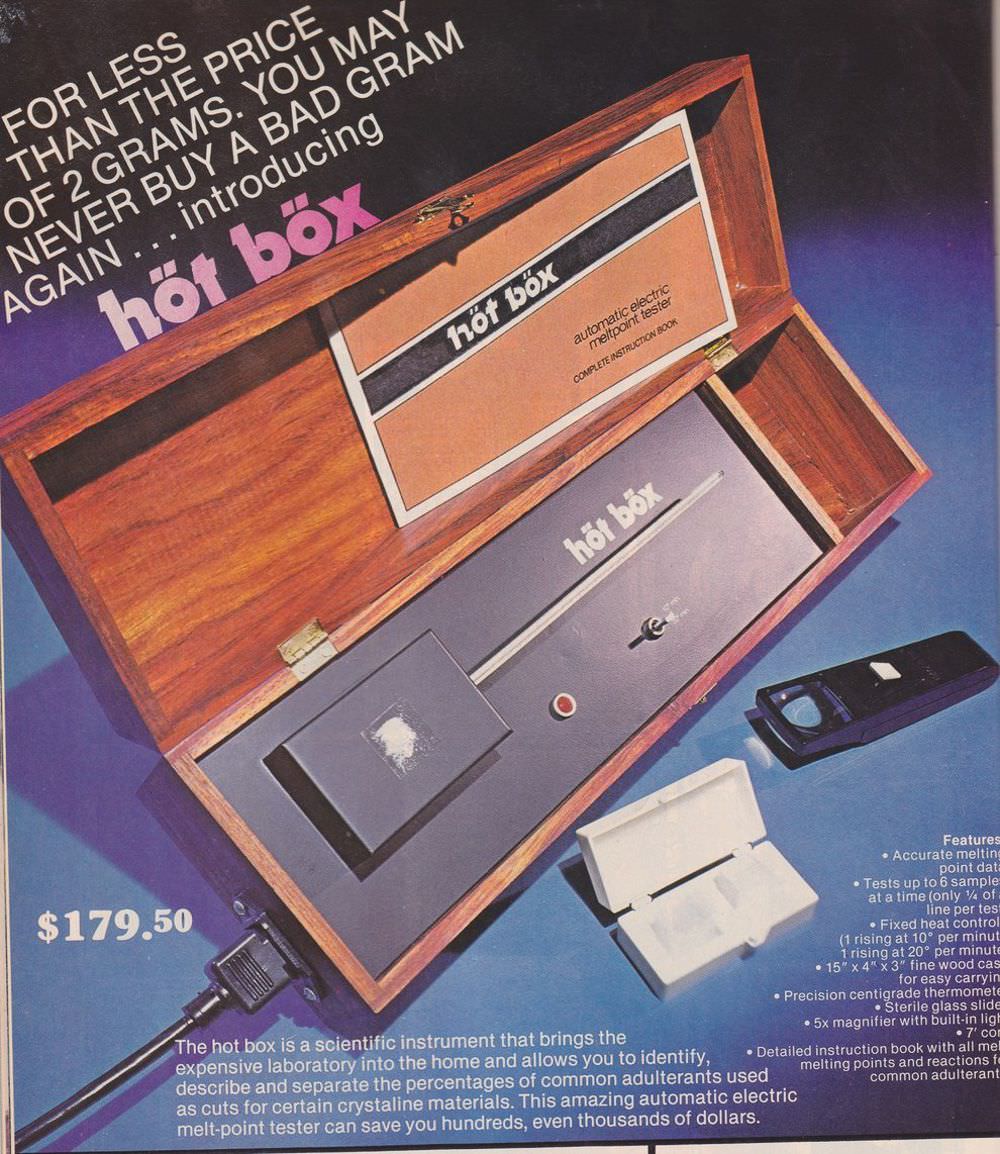
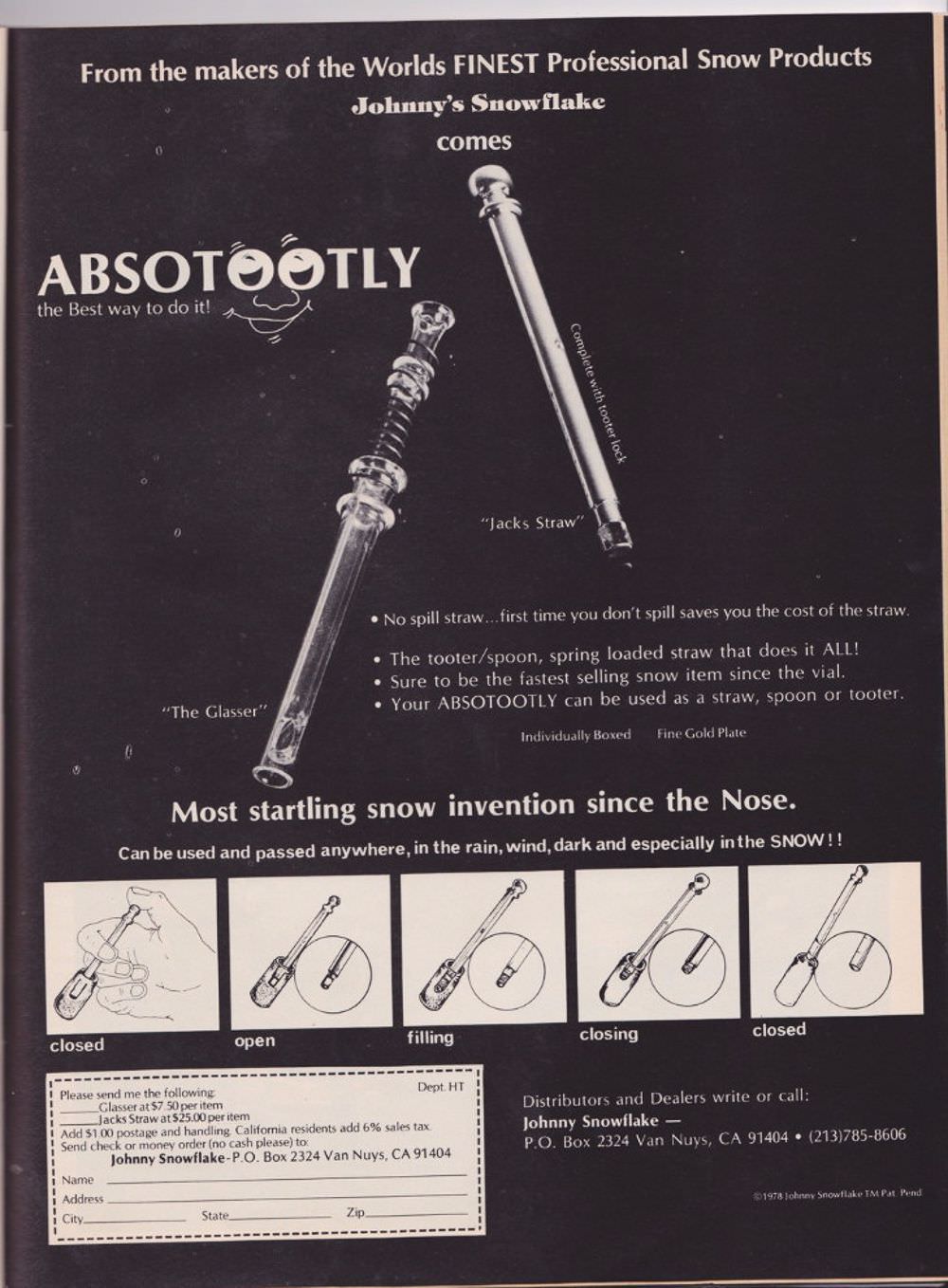
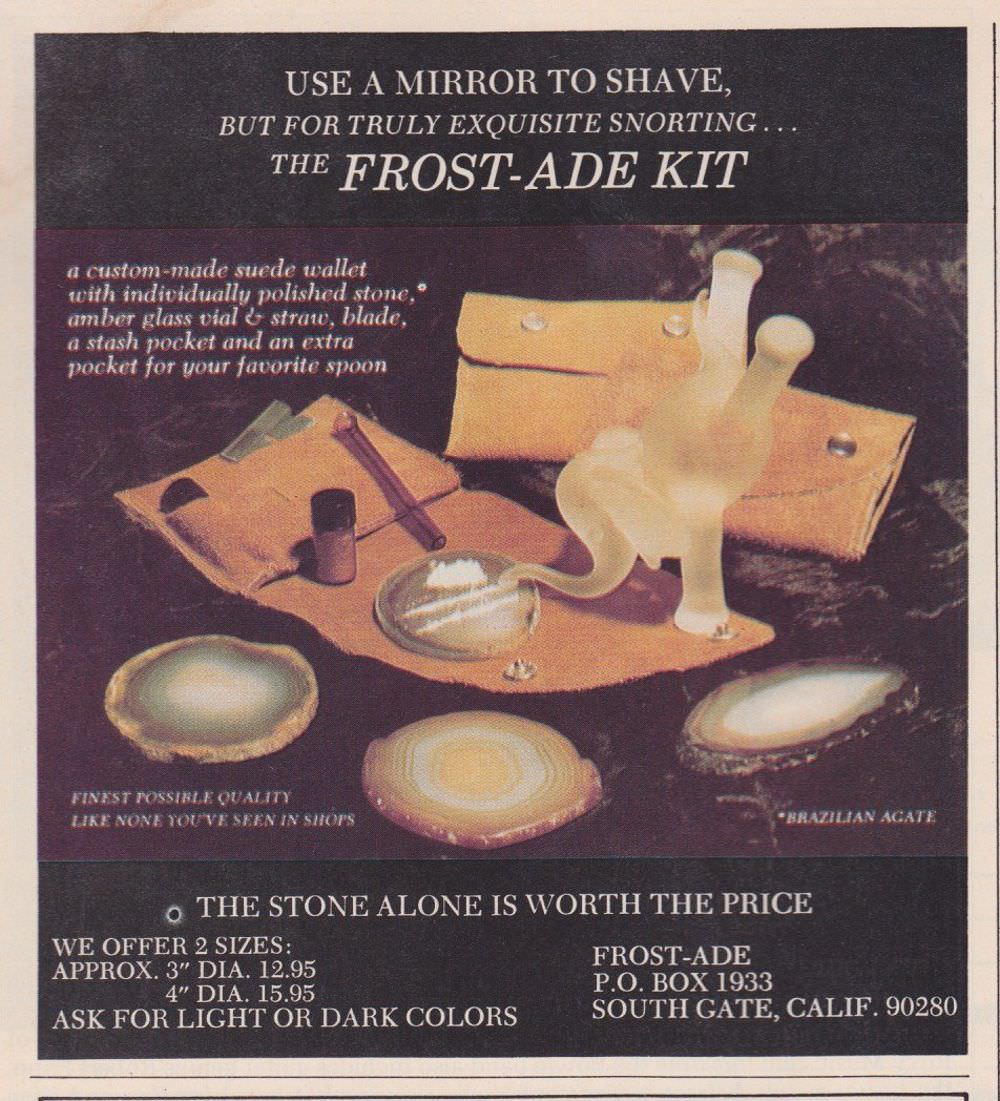
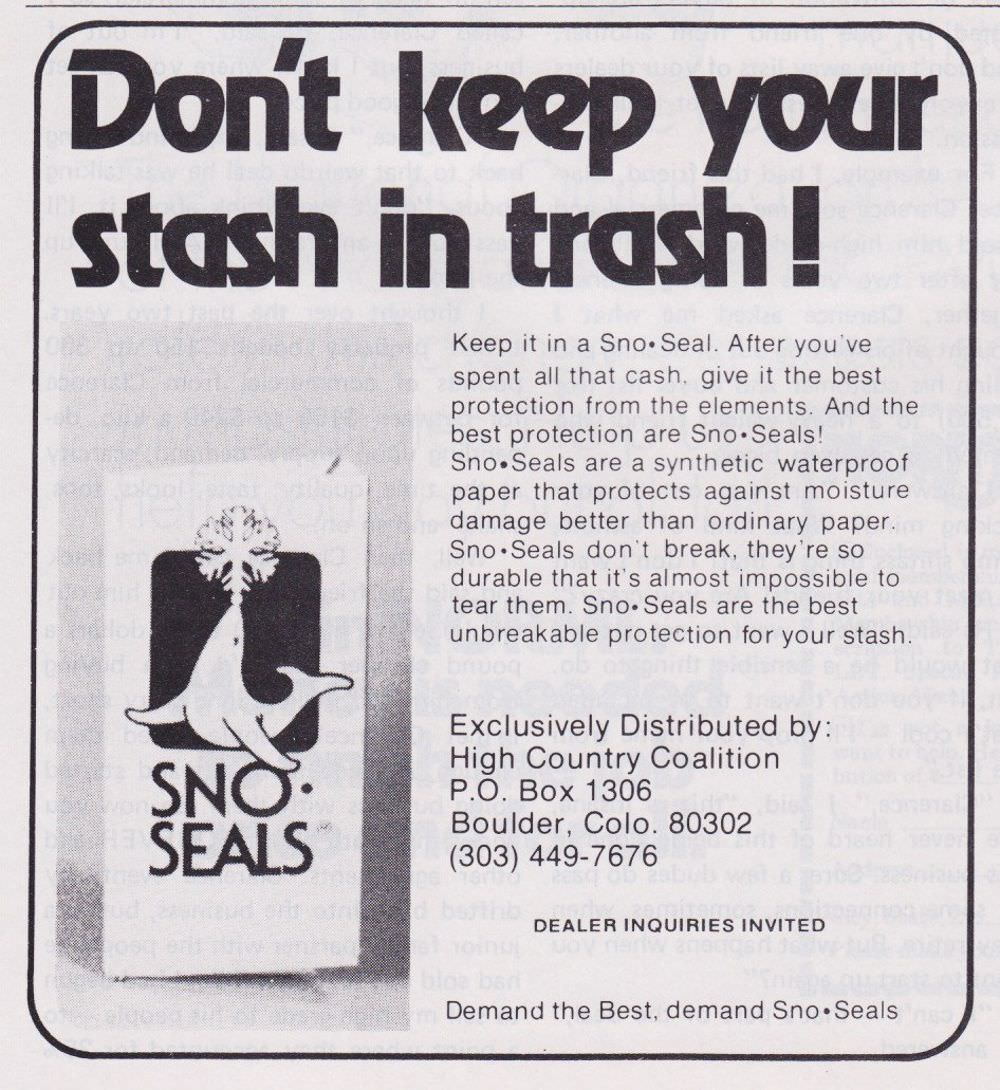
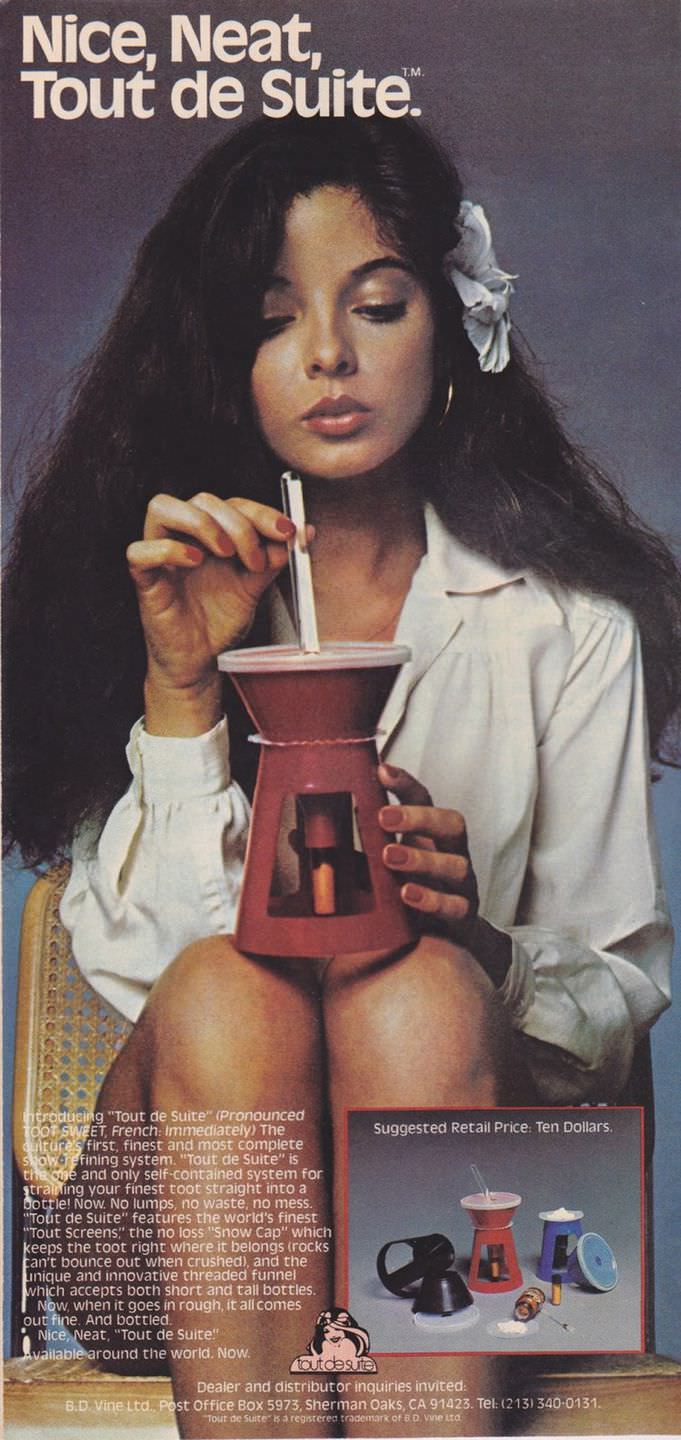
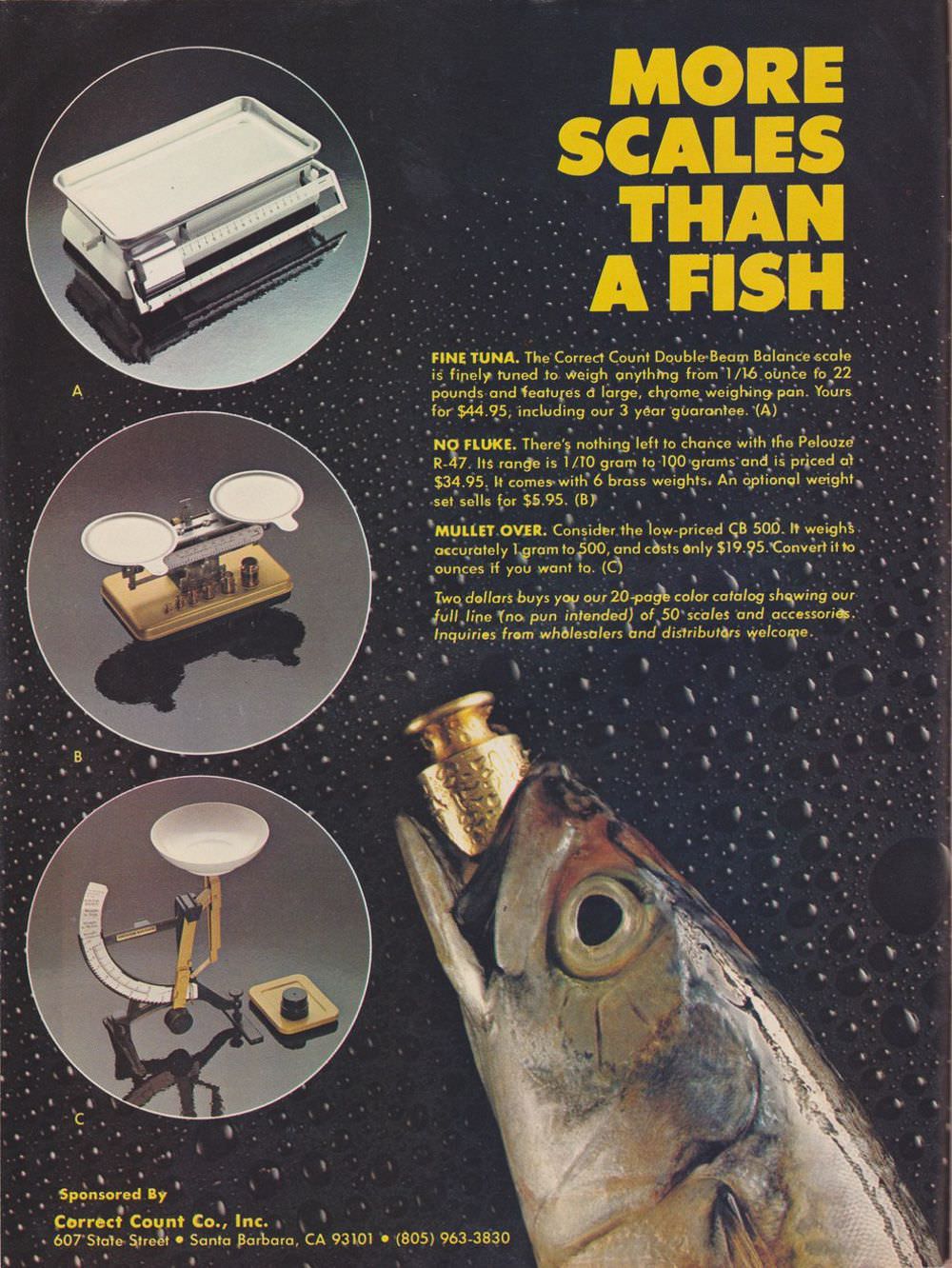
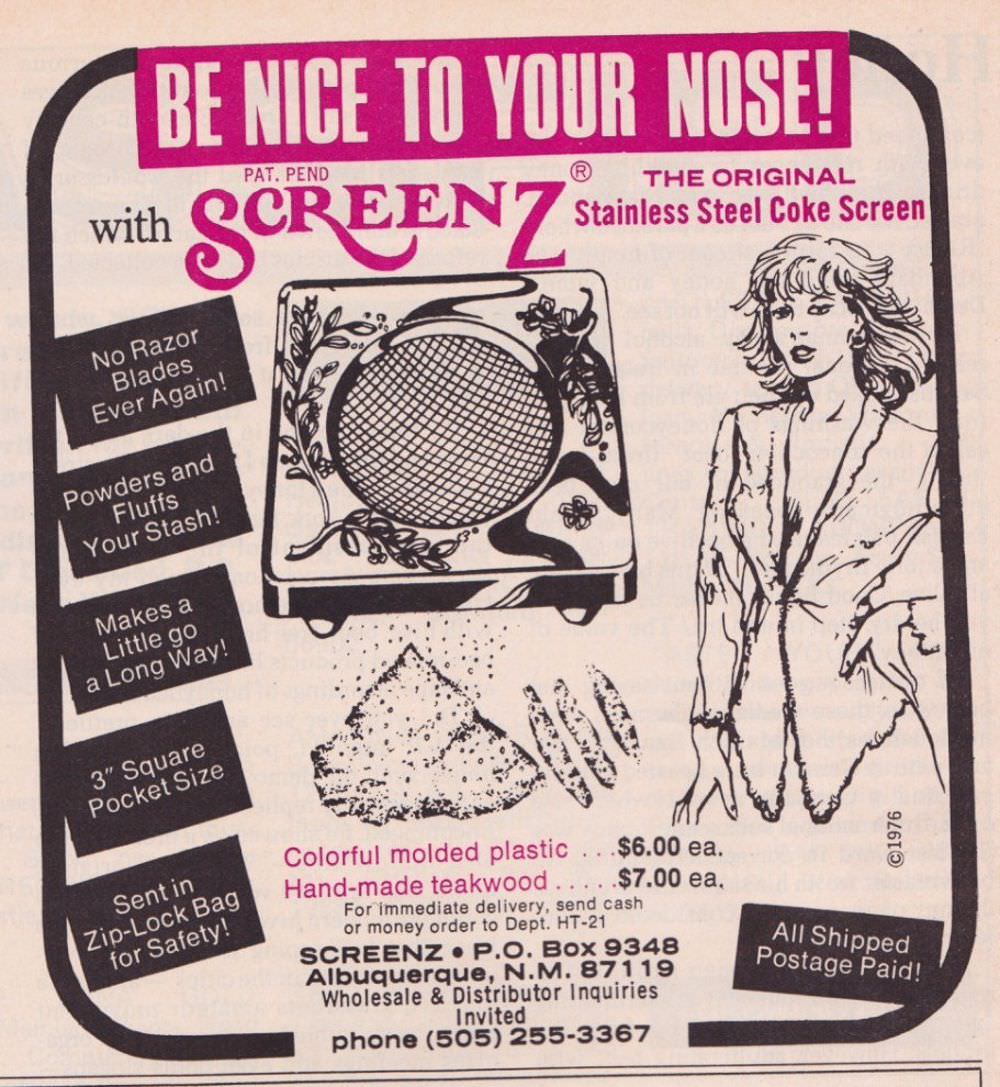
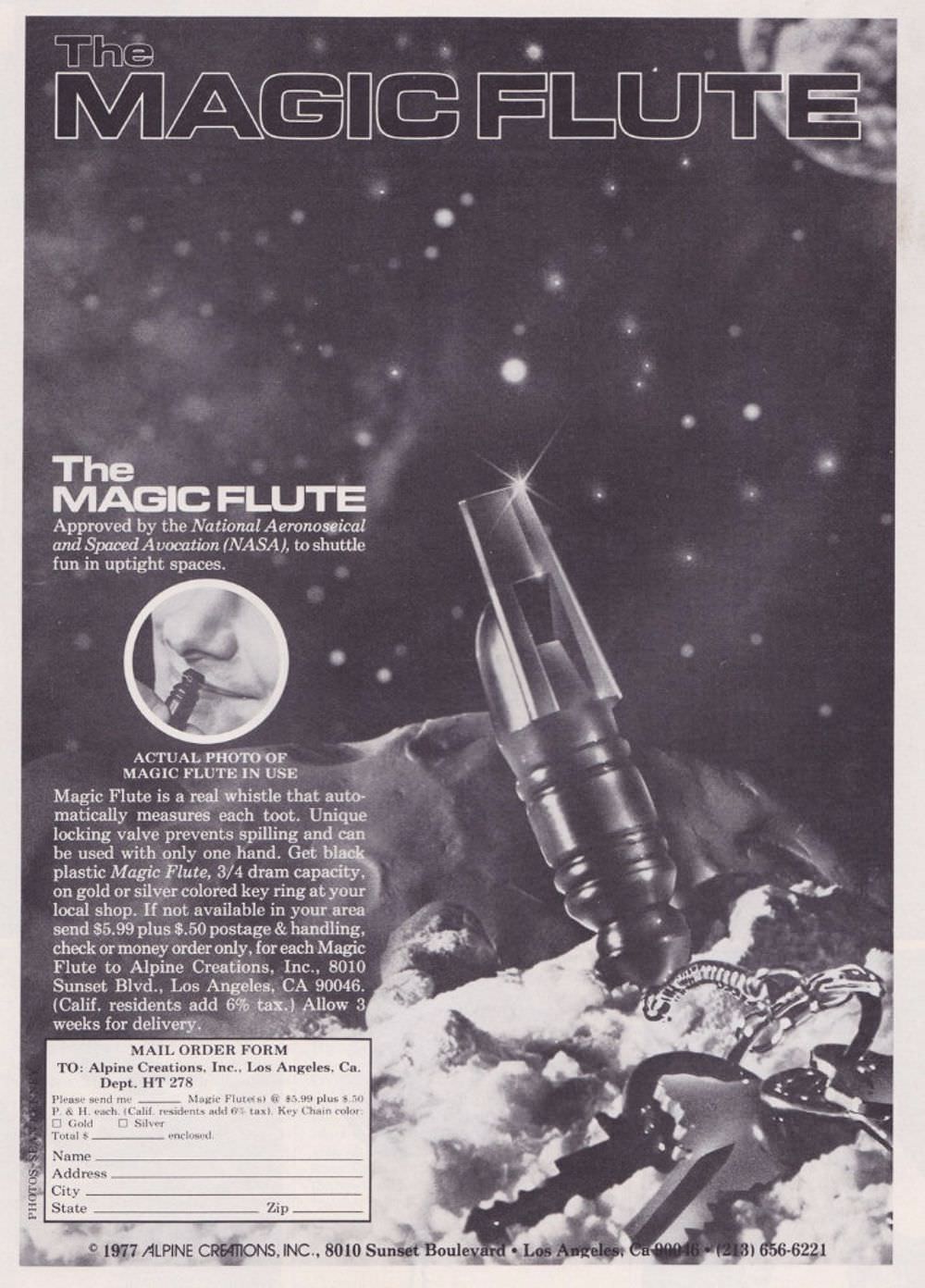
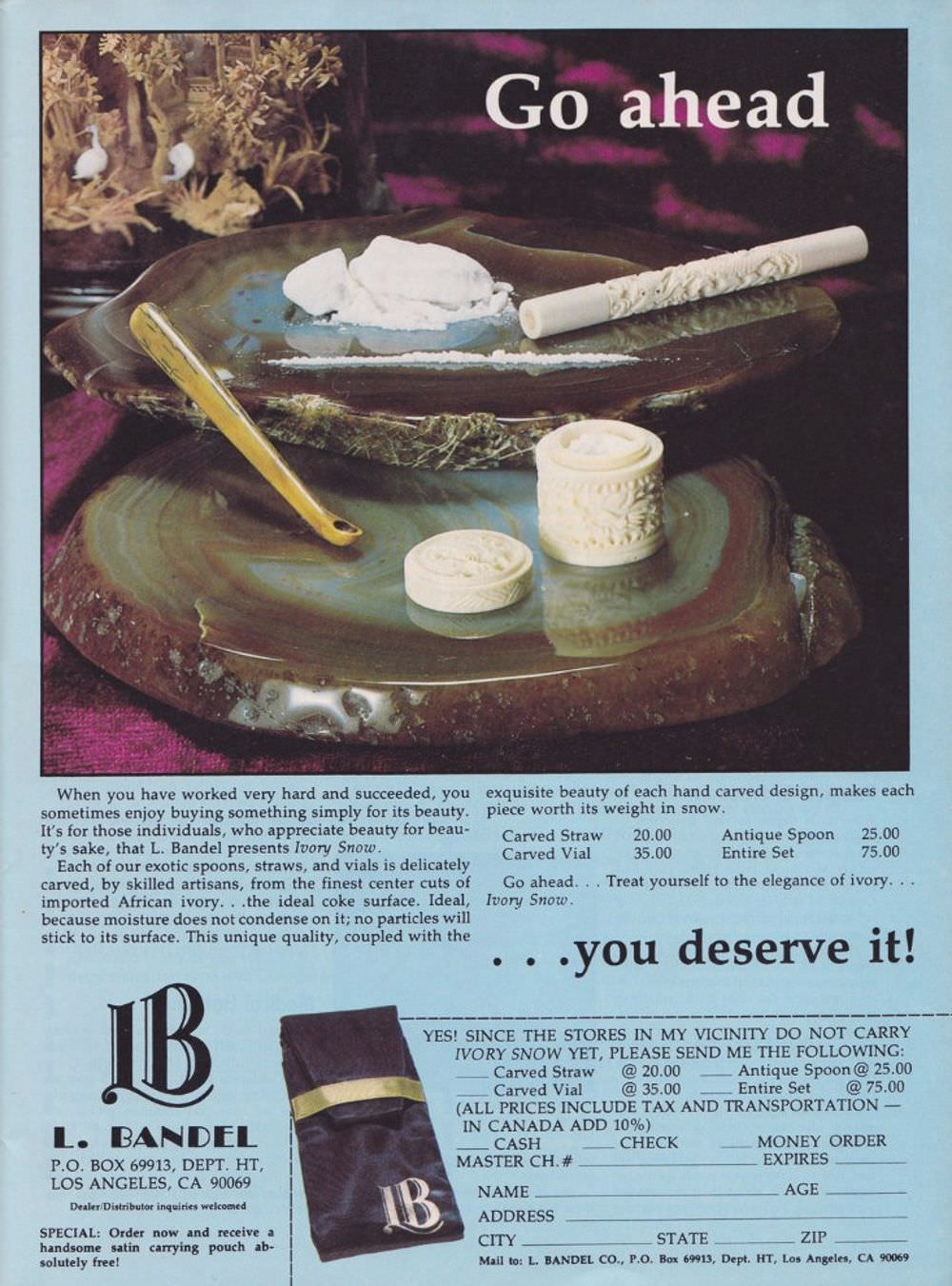
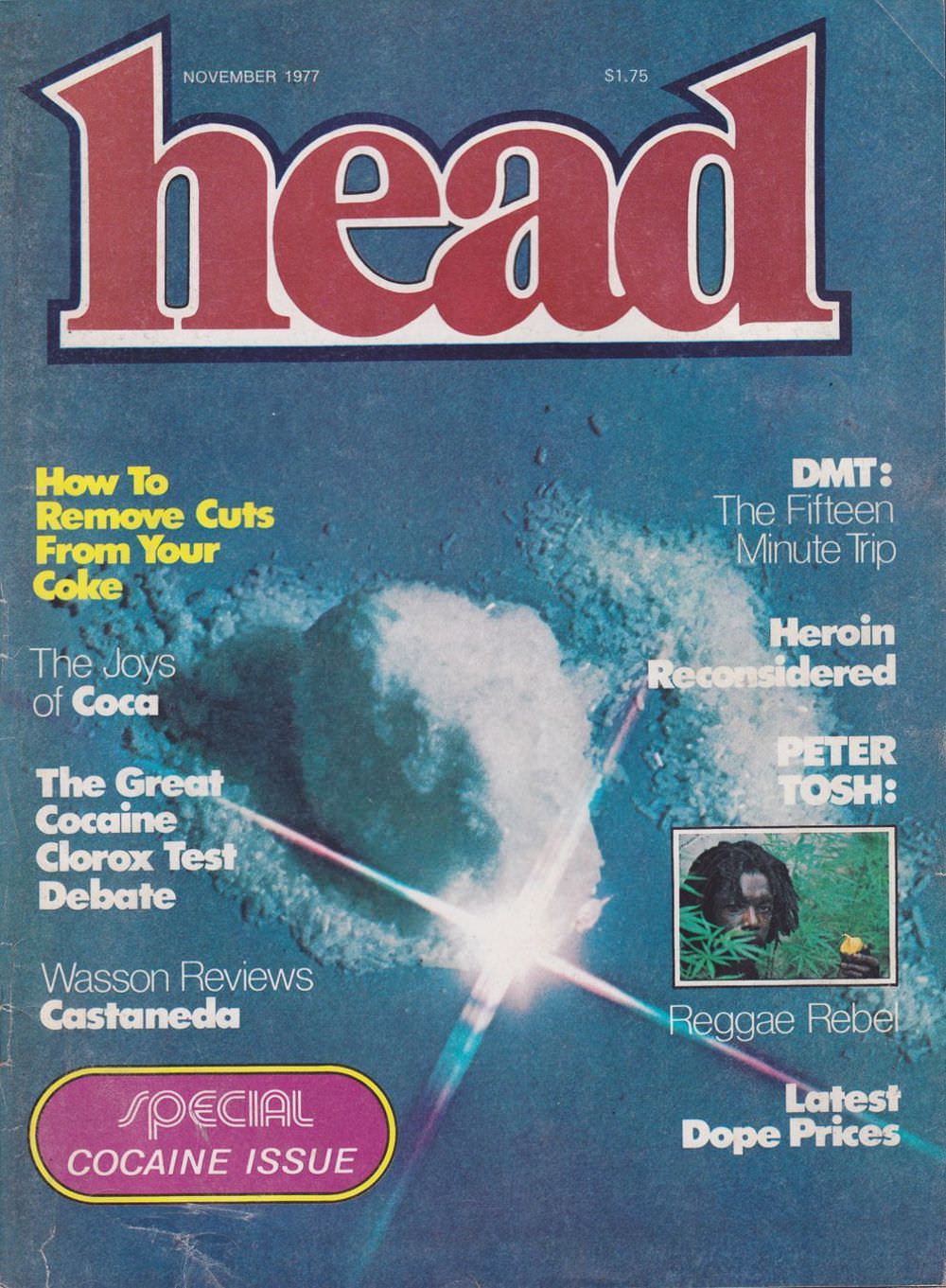
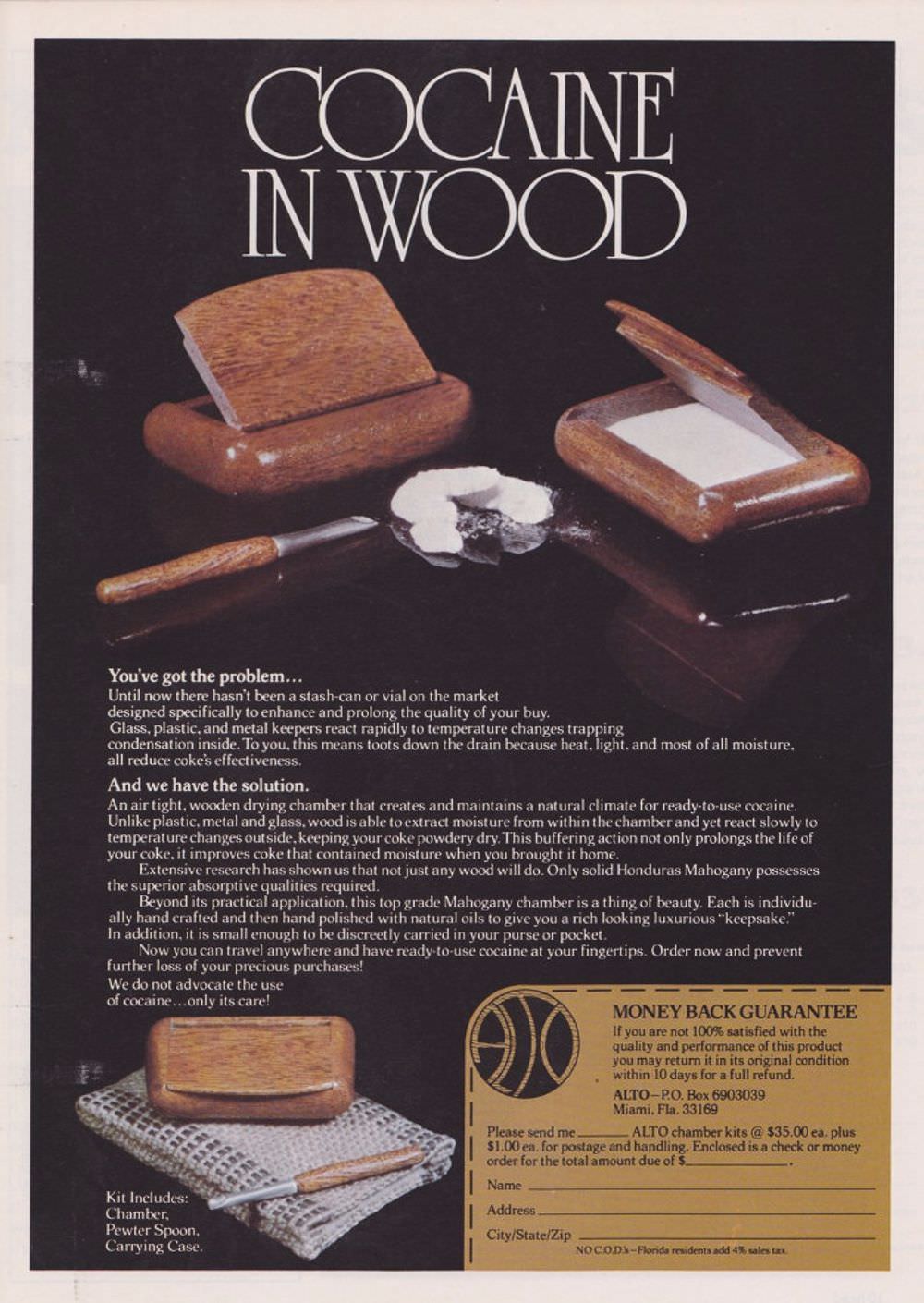
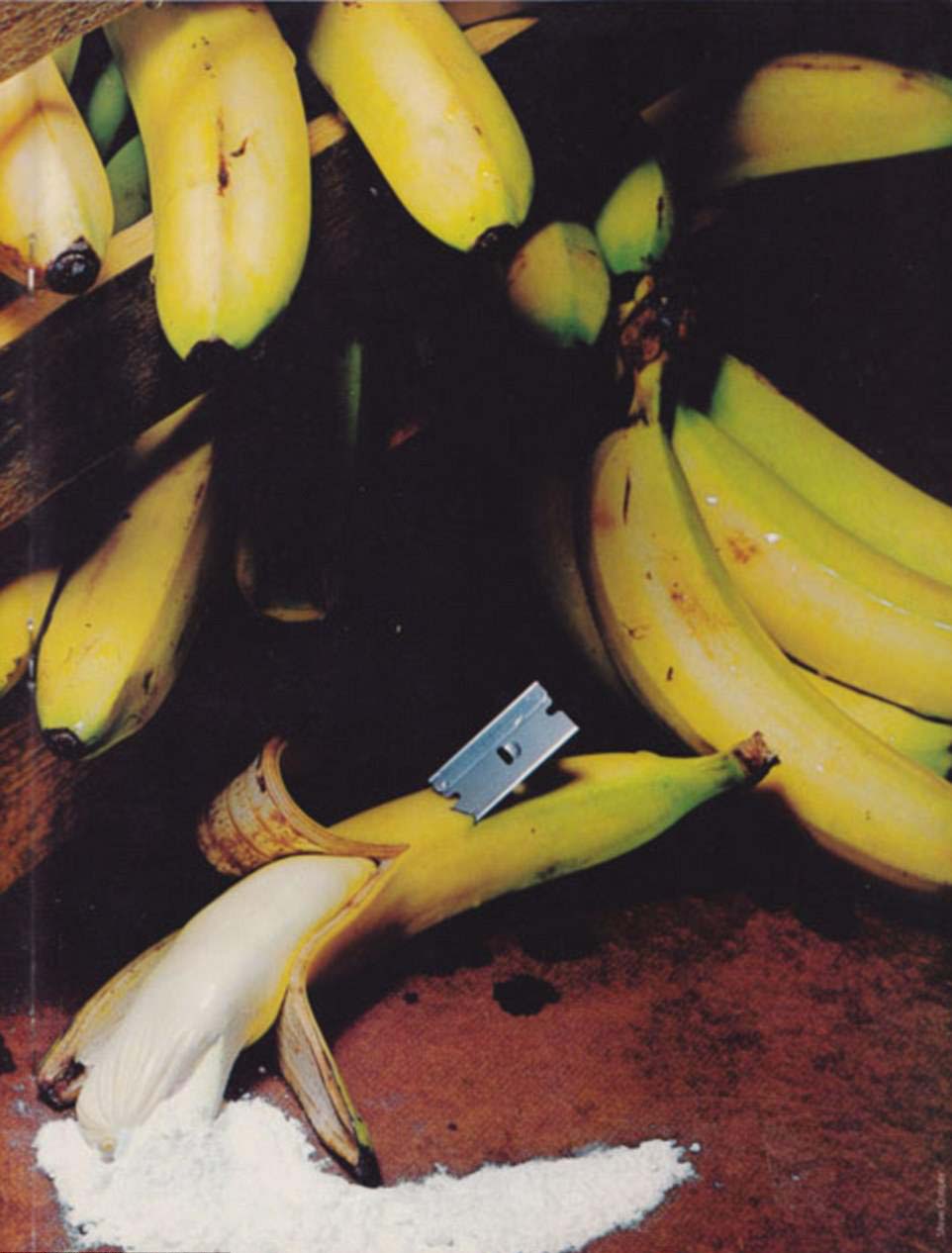
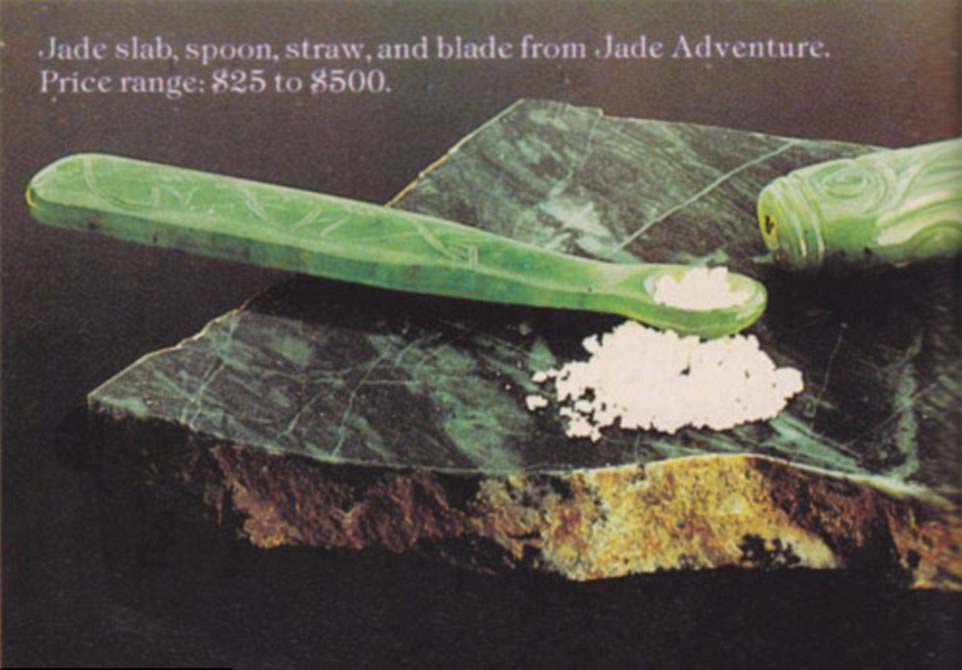
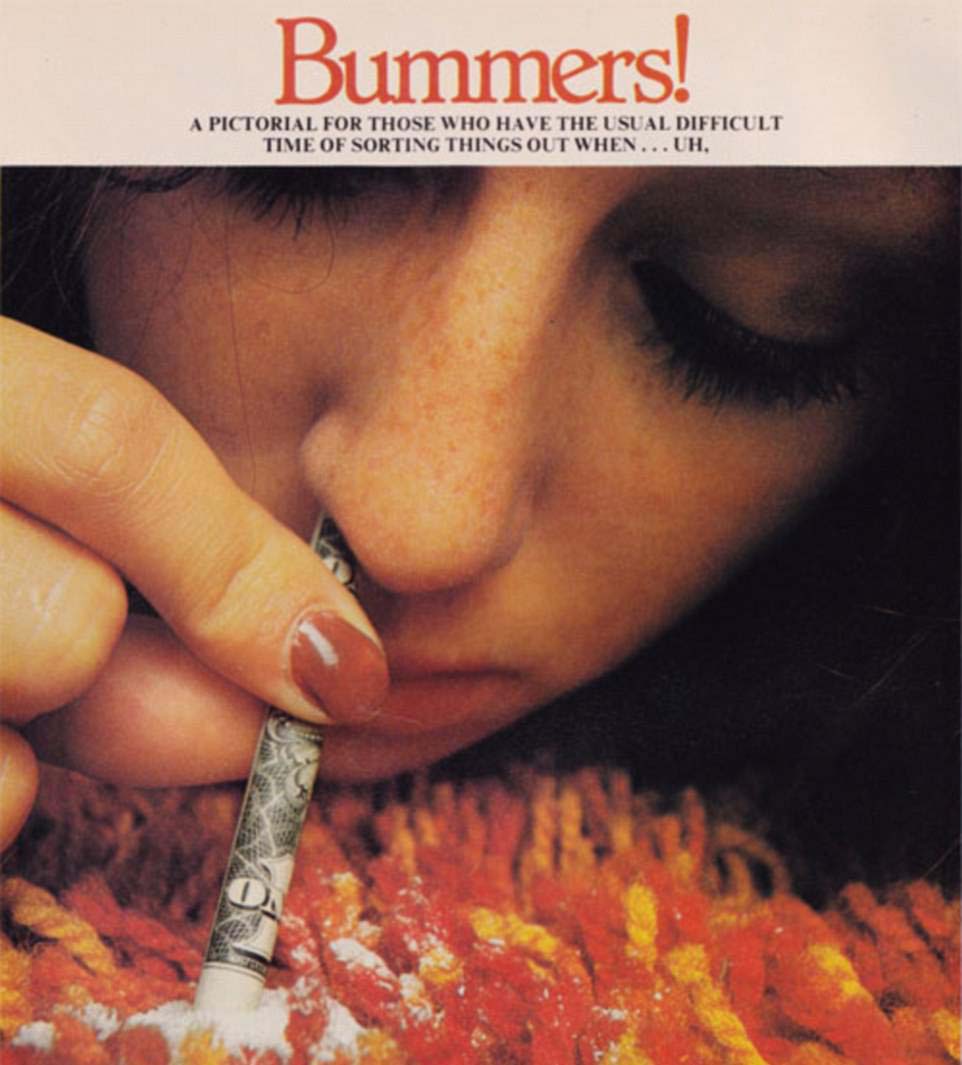

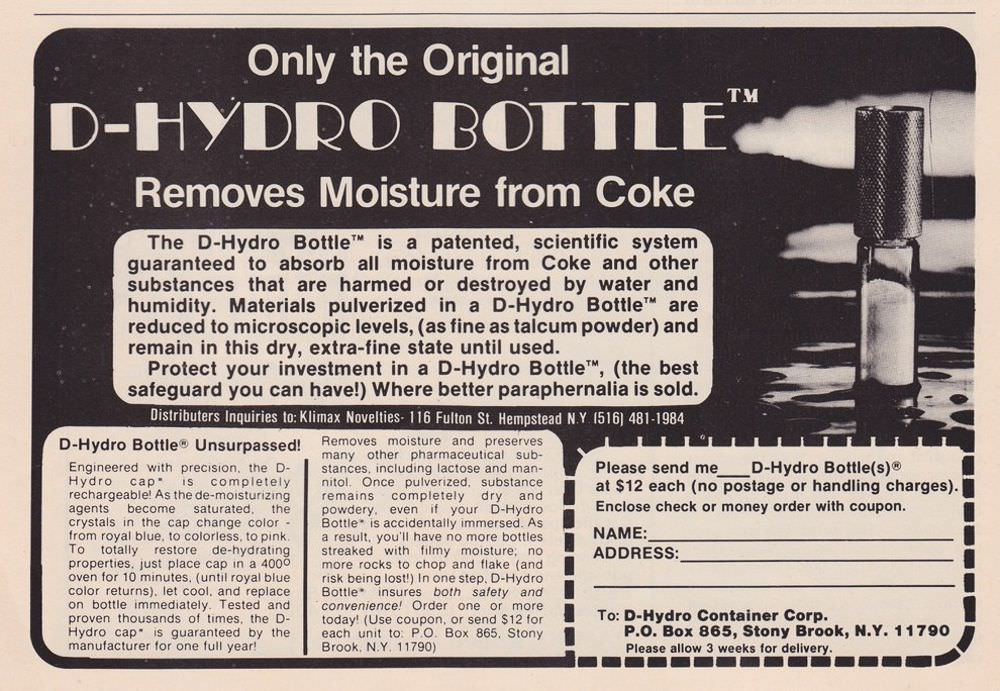
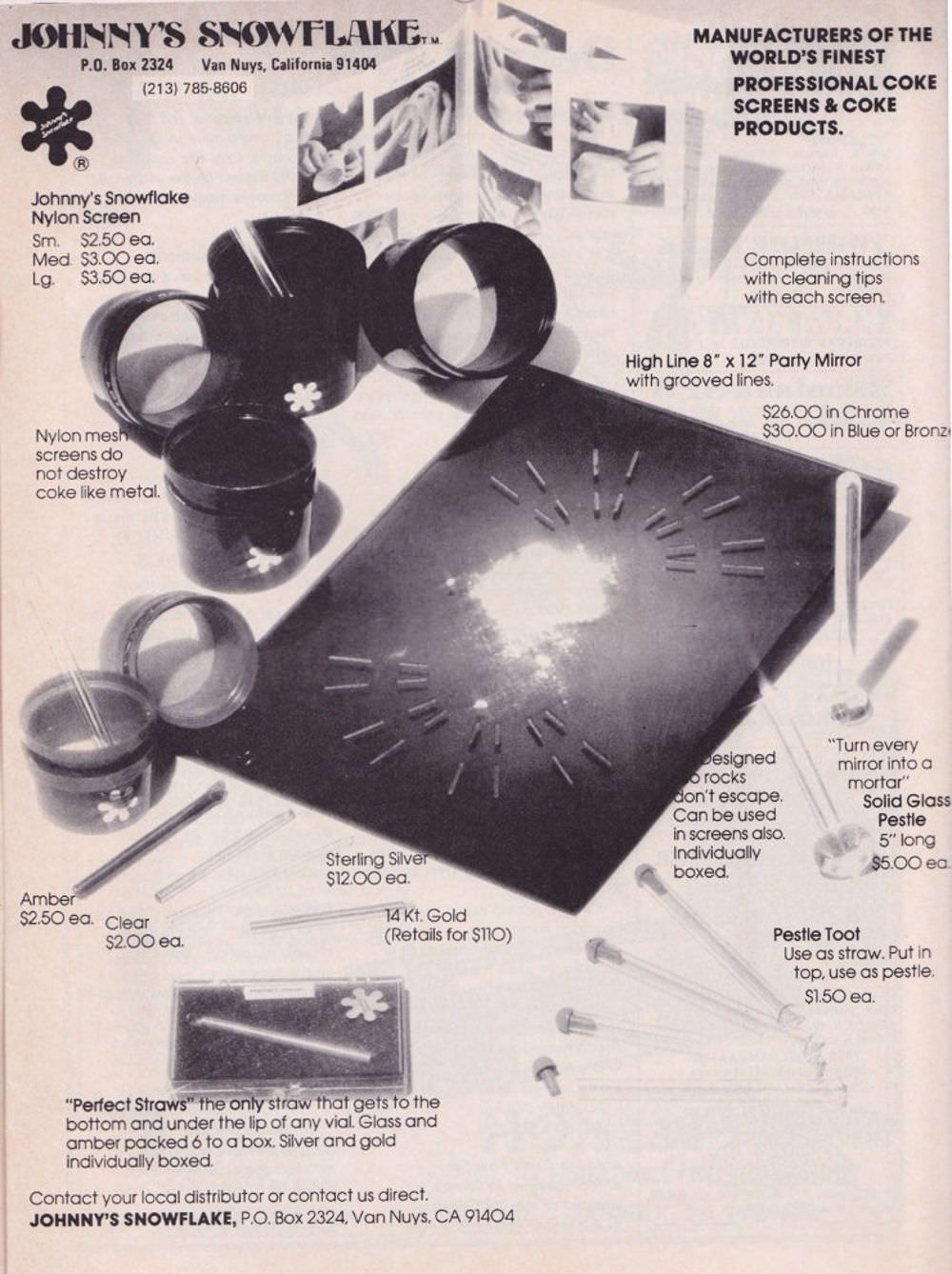

The Hooter is great, lol!
I stuck in my cabana living on bananas and blow
Just a little something to help the time go by.
This is interesting to see, but the article overstates its importance and pervasiveness in popular culture.
That’s advertising!
We had fun; they made money, then they pulled down the ladder from above